The coast of Kenya is one of the most spectacular areas in the country. It has been one of the most strategic points in the history of East Africa. From there, many caravans of explorers set out to enter inland Africa. There are many powers that have fought for this area: first, with the discovery of the Portuguese in the sixteenth century; later, with the influence of the Omani sultans; and then under English colonization with the arrival of Indian population and, further north, with the Italian colonization of Somalia. Having control of the coast meant having power because you controlled all the traffic of goods and access to one of the most pristine places of that time, such as the interior of the continent.
Therefore, on the coast we find different signs of the past history of this colonization. For example, some forts such as Fort Jesus of Mombasa or Fort of Lamu (here you can read about the interesting history of one of the most strategic islands in the Indian Ocean); some waterfront mosques like the Kongo Mosque; some ruins of Swahili villages like Gede; and some transport line such as the Lunatic Express that left Mombasa for present-day Uganda and was used to transport goods from the interior of the continent to the sea, to then be exported to major world powers.
On the coast you can also enjoy many marine parks with coral reefs, such as Watamu or the Kisite NP. Apart from that, we find miles of white sand beaches, bays like Mida Creek that lie within the peninsula forming a landscape of mangroves and beautiful birds, and islands like Wasini and Lamu that still maintain the hospitality and Swahili character of their ancestors.
Because of all this, touring the Kenyan coast is one of the activities you can’t miss if you travel there. It is a landscape and culture different from the animals or villages you find in the interior of the country; with many activities to do.
We drove all this part without any problems by public transport, while we waited for our car to arrive in Mombasa. If you want to know more about the different public transport we took, you can click here.
Below we will detail the main destinations we visited; considering that the experience of the 5 days we were on the island of Lamu you can read in this other article.
MOMBASA
Mombasa is the second largest city in Kenya. With a population of around 1.200.000, it had been the former capital of the country but in 1963, the year of the country’s independence, it was delegated by Nairobi. It is located in front of the Indian Ocean, its port being one of the most important and busiest in East Africa.
In fact, Mombasa is an island that is connected to the peninsula by different bridges and also by a ferry where thousands of people who go to work in the city cross daily. In terms of security, at no time did we feel insecure but you do have to take certain measures such as not walking at night through the inner streets of the old town or storing your belongings well.
Mombasa is a frenetic city that has been a place for many cultures (Portuguese, Arabs, Indians and Swahili). This mixture has brought a lot of life to the city, with its tuk-tuk and a charming decay from one of the most important historic cities on the east coast of Africa that we recommend you don’t miss.
How to get there?
Mombasa is a big city with an international airport: Moi International Airport. It is located on the outskirts of the city, in a journey of about 40 minutes by Uber from the city center, which cost us 600 KSH. From there, daily flights depart daily to Nairobi, Kisumu (Lake Victoria) or Lamu among others; apart from some international flights with Ethiopian Airlines or from Frankfurt (Germany).
You can also get there by bus from Nairobi or from Dar Es Salaam (Tanzania). We got there by Tahmed Express from Tanga (Tanzania) crossing the border by Lunga Lunga. Other companies that make long-distance journeys are Modern or Coast Bus.
Another way to get there is with matatus, one of the most common transportation in Kenya (if you want to know more about the types of transportation we took in the country, click here). In this case, there are several stations spread across the city. If you come from the northern area (Malindi, Watamu or Kilifi), the matatu will drop you off at Buxton station located just after the Nyali Bridge (and from where you can also catch the matatus traveling north of the coast ). If you come from the southern area (Diani Beach, Shimoni, Lunga Lunga), the matatu will drop you off at Likoni station, from where you will have to take the ferry (which is free and lasts 5 minutes) to get to the great city of Mombasa.
Anyway, before the most romantic way to get to Mombasa was with the Lunatic Express, a train line built by the British in the 19th century to link the capital of Mombasa with its protectorate of Uganda. Therefore, they sent many Indian workers from the colony who were already accustomed to forced labor for the construction of this railway line. From here came a large number of Indians, some of whom settled in the city. This train line crossed some of the areas with more wildlife presence such as the Tsavo. In many writings, it is stated how many workers were eaten by animals, and how many were afraid to work there for fear of wild animals. The solution was to kill the different animals that were in the area we now know as Tsavo and which is the largest national park in Kenya. With the Lunatic Express you could slowly cross the park and observe different wildlife from the windows of your seat.
Now, with the help of the Chinese government, rail transportation has been modernized, new trains have been purchased, and various stations have been built, including Mombasa Central Station in Miritini, a few miles away and 40 minutes on the outskirts of the city. So if you travel to Nairobi by train, for example, you will have to go to this new station and catch the new trains which are more modern.
What to do in Mombasa?
Mombasa, being the main maritime city of Kenya and the second largest city in the country, has a very interesting history behind it. Now, the city keeps certain airs of decay with the past that make it very special. The main activities we recommend are:
– Uhuru Gardens and Ivory Avenue
These gardens are located on Moi Avenue, about a 10-minute walk from the city’s Old Town. These are ideal gardens to rest in the shade during the hot midday sun, while watching a large number of bats fly day and night over the trees in the park.
In addition, here you can take one of the most iconic photos of the city of Mombasa: photograph the two ivory that are located on both sides of the avenue and that give entrance to the ancient city of Mombasa. These were built in 1956 to commemorate Princess Margaret’s visit when Kenya was still under British protectorate.
– Walk through the streets of the old town
Mombasa is a very interesting mix of Indian, Arabic and Swahili culture. Walking through the old town you can see men drinking tea on the street while talking; outdoor kebab and shawarma establishments; mosques and temples of different religions; colonial buildings such as the White House; some of the first hotels Kenya had such as the Africa Hotel; the old customs square which was one of the most commercially important points of ancient Mombasa; and stroll through many alleys as you look at the different facades of the buildings and the large gates and hear the horn and noise of the large number of tuks-tuks passing through the island of Mombasa.
If you want, you can do the tour alone (we followed the points of interest of the Maps.me application) or hire a guide for a price of around 1.000 KSH. You will find these around Fort Jesus.
– Visit the spice market
In Mackinnon Market, located right on the border between the Old Town and the main avenue that crosses the city from north to south (Mombasa Road), you will find different stands and stalls of fruits, vegetables and spices. In another pavilion, you can see the meat market and also, around it, visit hundreds of stalls with clothes and different household items. It is a good starting point to start touring the old town. Anyway, don’t expect a big market like the ones in the medina of Fez (Morocco) or the one in Addis Ababa (Ethiopia). Think that if you want to take pictures, you have to ask permission first.
– Visit Fort Jesus
Fort Jesus is a seafront fortress built by the Portuguese in the late 16th century. It served to protect the Portuguese from the various attacks they received from the sea and the trade route that went from Mombasa to India. Later, when these were expelled by the Arabs and a few centuries later came under the rule of the British protectorate, it became a prison.
Today, it is a museum where you can learn about the history of Mombasa and see different elements of war used during previous centuries. This fortress, a UNESCO World Heritage Site, is one of the best-preserved military fortifications of the 16th century. The cost of admission is 1.200 KSH.
– Watch the sunset from some of the sea viewpoints in the old town
Between Fort Jesus and the Customs Square, you will find different viewpoints where local people gather to talk, to bathe in the moving waters of the Mombasa Canal or to enjoy the views of the Mombasa Peninsula and the Nyali area. We recommend that you rest at the viewpoint next to the Mombasa Club, a private enclosure where during the British protectorate was accommodation of the colonizing rich class and has now become a space where you can swim in its pool and take some drinks.
From this viewpoint next to the Club (no need to access it inside), you can see Fort Jesus and teenagers swimming on the shore. A good place to say goodbye to the old town of one of the most historic cities in East Africa.
Where to sleep?
– Coast Safari Hotel: Located just a few minutes walk from the old town and behind a mall located a few meters from where the main bus lines like Tahmed Express drop you off, this was our accommodation option while we were in Mombasa. It offers rooms with mosquito nets and a private toilet; and a restaurant where you can have a meal and enjoy your breakfast. We recommend that you take a room on the upper floors to get away from the noise of the street, although, as there is not a lift, you will have to climb stairs. It has security, wifi and a very good location. The room rate is 1.400 KSH per night and room. If you want to book you can call 00254717357458; although we went there without a reservation and always have rooms available.
– Regency Park Hotel: Located between the main avenues of Moi Avenue and Haile Selassie Road, this hotel offers a restaurant and rooms at a fairly affordable price. It is located a few minutes from the old town and has wifi. For more information, you can call +254 729 555587.
– Tulia House Backpackers: Located in the Nyali area, just outside the island of Mombasa, this is a good option if you want to be calmer from the hustle and bustle of the city and close to some of the beaches for swimming. It has camping sites, bedrooms and private rooms, as well as wifi, common areas and a swimming pool. Prices range from around 24 euros for a private double room. For more information, click here.
Where to eat?
In the city of Mombasa you will find many food options. From fast food companies, street food, Indian restaurants, Swahili food and Arab places. We recommend:
– Tarboush Restaurant: Restaurant located in the old town and where you can enjoy good shawarma. Local that is easily filled with people and has a terrace on the street. We ate there for 3.50€ each (Shawarma and Masai potatoes).
– Camel Inn Restaurant: Located right next to Fort Jesus and the Mombasa Club, it has a quiet terrace where you can have a juice or a smoothie or eat one of its dishes. It can be paid by credit card, and is a good place to relax after walking through the old town or disconnecting at one of the city’s viewpoints.
– Restaurant Baraka: Local food restaurant also located in the old quarter, towards Fort Jesus. It has a buffet where you can choose from different dishes, from rice, meat or fish. We made a rice with chicken for 5 euros. You can also pay by credit card.
WATAMU
On the north coast of Kenya we find the city of Malindi, a city of European colony and where the visit to the Old Town Market is very interesting. Of Italian influence, that was the point where the Kenya-Somalia border was to be established in principle. The English and Italians agreed to establish the border on the site of a pillar, which was supposedly the one built centuries before by Vasco de Gama in Malindi, but the English hurried to build a pillar further north and there, it is where the border between the two countries was finally marked.
Just 10 minutes south of Malindi we find the town of Watamu, a tourist town with a large presence of Italians that stands out for having one of the best marine parks on the Kenyan coast and one of the most beautiful beaches.
In this area, however, not everything is limited to the sea. You will also be able to do different historical tours and see other different landscapes that are located on the northern part of the Kenyan coast.
How to get there?
To get to Watamu, the best option is to take a matatu at Mombasa’s Buxton Station (located next to Nyali Bridge) and travel a 2-4 hour journey north, depending on the type of transport you take. If you want to go fast, you can take the express matatu that goes to Malindi, and go down to the turnoff that goes to Watamu (and which is about 5 kilometers from the center of town). In this case, the cost will be 550 KSH per person plus 50 KSH which will cost you a piki-piki or a tuk-tuk to take you to the center of town. If not, you also have the option to take a matatu that will take you to the center of Watamu for 400 KSH but with a longer journey because it will make more stops.
If you are traveling by plane, the best option is to land at Malindi Airport. Different local airlines like Safari Link or Skyward Express fly from Mombasa or Lamu to Malindi in a journey of about 30 minutes. From there, you can take a tuk-tuk, a matatu or a piki-piki that will drive you to Watamu.
What to do in Watamu?
– Take a canoe trip along the Mida Creek to observe the mangroves and the different species of birds.
Between Watamu and Kilifi, we find Mida Creek, a must-stop place where you can stay overnight in some of the accommodations in the local community. Here lives the Giriama village, a quiet and cheerful community that tries to preserve this idyllic place.
Mida Creek is like a bay where seawater enters the land forming a 32 square mile cove with islands, wetlands full of different species of mangroves and different species of fish, crabs and birds.
It is a place of peace, where you can walk on suspension bridges while watching different species of birds or you can take a canoe trip through the waters of Mida Creek and stop for a swim on one of the small islands, such as the island of Sudi or Green Island. We did this tour and loved it. It cost us 1.000 KSH per person, but it is well worth it as you enjoy the beauty and tranquility of this very special place like Mida Creek.
– Watch the sunset from the Crab Shack restaurant
This local restaurant located between Watamu and Mida Creek offers one of the best sunsets you can see in Watamu. From the restaurant table, you’ll have wonderful views of Mida Creek and watch the sunset behind the horizon as a fishing canoe passes in front of you. A very quiet and relaxing place ideal for watching the sunset. Transportation from the village of Watamu to the restaurant cost us 50 KSH per person and journey with boda-boda.
– Visit Gede ruins
The ruins of Gede are the main architectural site on the Kenyan coast. Situated in the Arabuko-Sokoke forest and close to the Watamu junction of the main road, it is one of the best preserved sites of Swahili culture. It seems that this settlement was created around the 11th century due to the increase and the presence of trade. During its peak, about 2.500 people lived there.
The ancient city of Gede was divided into two parts: the inner part where the nobility and wealthy class lived; and the outer part, where the lower class lived. From the first part, different buildings are preserved because the walls were made of coral and a very well organized street structure. Among these, the different mosques stand out, the great palace dating from the 15th century and where three generations of Omani sultans are believed to have lived, the public baths and the different chambers of the sultans’ wives. Of the second part, we do not have many samples because the houses were supposedly made of mud and straw and have been disappearing.
You can also visit the museum where they keep some of the pieces they have found during the excavations, such as Chinese porcelain pottery, Arabic pottery and local pottery that show that Gede was an important point in trade relations.
The disappearance of the settlement of Gede, today, is still a mystery. No traces of battles or wars have been found showing an escape for this reason. Thus, the main hypotheses for this strange disappearance are some diseases such as the peste; lack of water; or the fear of being attacked by the Arabs and the Galla tribe of Somalia during the disappearance of the Portuguese as being a trading post, they thought they would link them to them.
Currently, in the Gede area, the Giriama community lives, the same one that lives in Mida Creek. This community considers the ruins a sacred place and believes that they are protected by spirits who curse anyone who wants to damage this historic place on the Kenyan coast.
The entrance to the site and museum costs 500 KSH per person plus 500 KSH for the two that go to the community. A guide will accompany you along the route, where you will also be able to observe different monkeys. This guide will usually also expect a tip on the approximately two-hour visit he will make throughout the ruins.
– Snorkel in Watamu Marine Park
Watamu stands out for having one of the most beautiful and most species-rich marine parks on the Kenyan coast. Better than that of its neighboring park in Malindi, there are many agencies that organize a half day excursion to snorkel there. You can pay for the entrance to the office they have between Watamu Beach and Turtle Bay and travel with a boat that has glass floor to observe the aquatic wildlife. We traveled there in July and caught a few windy days, so we ruled out doing this activity. It is recommended to snorkel from October to March where you have many points to enjoy the underwater life of Watamu and even enjoy the sea turtles.
– Walk through the beaches of Watamu and take a dip
Watamu has turquoise beaches and white sand. Among the main ones that you can access on foot from the village, we highlight Turtle Bay, Garoda Beach or Watamu Bay from where you will see the Lovers Islands, two rocks that emerge from the water.
Relaxing, unwinding and walking along the beaches of Watamu is an essential activity to enjoy your stay in this town. In addition, if you want you can take a bath but take into account the tide schedule. And if you’re a lover of photography, take advantage of the sandbanks and water colors during low tide.
– Take an excursion to the Marafa Depression and visit Hell’s Kitchen
About 30 kilometers northeast of Malindi, we find the town of Marafa. From there you can take an excursion to a completely different landscape: a depression where the red stone rises creating different precipices that look like you are on the planet Mart. Inside the depression, you will see rocks of different shades of red and white caused by the erosion of rain and wind known as Hell’s Kitchen.
There is a legend which explains that in the depression lived a very rich family who bathed in the milk of their cows. God, seeing the excesses of this family who took advantage of the milk to bathe in it, punished them by sinking their house underground. The white and red walls represent the milk and blood of this family.
The entrance fee is 600 KSH per person and if you want to go down to the depression you have to hire a guide which will cost around 1.000 KSH. In Marafa there are some restaurants and very basic camping and accommodation options. We did not visit it, but we are waiting for doing it the next time.
Where to sleep?
Watamu is a tourist town where we find a lot of italians. As we have seen, you can do different activities around you and, therefore, to sleep we highlight:
– Seawhispers Inn: Located next to Watamu Beach, it is a great place with a great location to enjoy the beaches. They have double rooms with toilet and shower, and it has wifi and a good restaurant where you can dine. The staff is very friendly. Great value for money and great accommodation option if you want to enjoy the beaches and Watamu Marine Park.
For more information, you can click here.
– Nature Camp Mida Creek: This is the best accommodation you can be if you want to enjoy Mida Creek and the Giriama community. Harrison and his family have been building different types of accommodation and take special care of this place. They offer cooking classes, prepare local meals and you can sleep in tree-top cabins with shower and toilet for a very affordable price. In addition, there is an option to camp if you go with your tent.
Harrison and his teammates like Shizo will take you to meet the community, have a local drink at the bar and organize different excursions such as canoeing down Mida Creek or watching the birds from the suspension bridges. A great place to unwind (no wifi), relax and enjoy a fabulous community and setting. You can see more information on the Instagram account at @naturecamp_midacreek or call or send WhatsApp to Harrison directly at +254 718 297050.
Where to eat?
– Crab Shack Restaurant: This place is a spectacular place for the views you have over Mida Creek, especially during sunset. There you can eat (at more expensive prices) different varieties of dishes. We made 2 juices, 1 spaghetti a la marinera, crab samosas and 1 beer for a total price of 14 euros. The food and service is good, but obviously this restaurant is special for the views it has.
– Amico Mio: This restaurant located in the town of Watamu is located at the bottom of the road where they have a barbecue that can cook you different types of meat at a very affordable price. We made a chicken with chips for 2 euros each. The owner is very friendly and also organizes excursions to Watamu Marine Park.
– Amici Miei: Located on the main road, this Italian restaurant has a terrace with nice tables to relax. They offer a wide menu of dishes with European level prices, but of very good quality. A good option with a large presence of tourists.
WASINI ISLAND
Wasini Island, considered “Lamu’s little sister” is known for its proximity to Kisite NP, a marine park with coral reefs and where you can see dolphins in the wild. With an area of 7 kilometers long and 3 kilometers wide, you will not find any motor vehicle inside the island, so you can walk among baobab trees, observe their mangroves and visit the 3 villages that make up the island: Wasini, Mkwiro and a fishing village that has recently formed in the south of the island. A refuge for the Vumba tribe, it is an essential place to visit during your stay in Kenya.
Its name comes from “Cha-sini”, that is to say, the island where the Chinese lived. It was an island of trade between Arabs and Chinese. However, its prosperity came to a sudden halt when, during World War II, the Germans bombed this small island. The Arabs left and the Vumba tribe settled on the neighboring island of Gazi. Thus, Wasini became a forgotten island where only fishermen and small farmers visited it.
With a population of 2.000, it is an oasis of peace and tranquility, with a very hospitable community (we were invited to a local wedding between a woman from the island and a man from Arusha), beautiful landscapes and a place to where to stay. As some say, a paradise on Earth.
How to get there?
To get to Wasini Island, the only option is by boat from Shimoni. The journey takes about 15 minutes and costs 100 KSH per person (before boarding, however, you need to agree the price with the boat driver). Think that once you get to Wasini you will have to take off your shoes if there is low tide to get inside the island.
Shimoni is a town located south of the coast. To get there, the best option is to take one of the matatus departing from Likoni station (just after the Likoni ferry) towards Shimoni on a journey that takes about 2-3 hours to a price of 350 KSH per person and journey. Above all, take the matatu that goes all the way to Shimoni, and not the one that goes all the way to the Lunga-longa border because it will leave you in the junction and then you will have to take a boda-boda that will take you to Shimoni.
What to do in Wasini island?
– Snorkel in Kisite NP
The Kisite Mpunguti NP is the Masai Mara in marine version. It has an area of 39 km² and is formed by 4 islands surrounded by its coral barrier. You can see dolphins, sea turtles, waterfowl, thousands of coral fish… If you are lucky, from July to October, you can also see whales. Snorkeling in this paradise is one of the best experiences you will have in the country if you like the sea. We enjoyed it a lot and saw a lot of marine animals.
In addition, on the island of Mpunguti is one of the places where you can still find the coconut crab, an endangered species and is the largest land crab in the world. It is a species of nocturnal crab that usually eats other crabs, leftover food and also coconut. This animal, in the world, can only be seen here, in Madagascar and on the island of Chumbe in Tanzania.
The tour to the Kisite NP starts from the Kenya Wildlife Service (KWS) office in Shimoni which is located near the deck. There you will have to pay the entrance to the marine park which is worth 15$ per person. In addition, you must add the cost of the boat that will take you there. We managed to go with the people of Wasini Coral Adventure who are on Wasini Island for very good price. Excursions are organized from different parts of the coast, such as Diani Beach or Mombasa, where you usually visit the marine park in the morning and then go to lunch at one of the restaurants on Wasini Island.
– Watch the sunset from the tip of the island
From the village of Wasini, past the school, you can walk to the tip of the island where you will find mangroves and stunning views with Tanzania on the horizon. The path is easily accessible amidst baobabs and effusively greeting locals. From there, you can see a good sunset and take good pictures.
– Cross the whole island on foot from Wasini to Mkwiro
Another excursion you can do on the island is to walk along an inland path that will lead you to some very beautiful mangroves in the southern part of the island (with an area full of plastics that unfortunately come from the sea).
From there, you can head to Mkwiro. Mkwiro is a much less developed tourist place than Wasini. This means that when people see you, people greet you and the children follow you with curiosity. We took the opportunity to have lunch in Mkwiro at a local house and return at low tide along the coast to Wasini. You can do this activity alone without a guide.
– Walk along the beach at low tide to see the baobabs perched on the cliffs
Wasini Island is made of coral. This fact makes it important when the tide is low. It is at this time that you can take the opportunity to visit from below, the baobabs that grow among the coral stones of the island. These baobabs spill onto the cliffs and form a beautiful landscape.
After checking the tide times, you can walk along the coast to the northern tip of the island (next to Mkwiro) where you will see these baobabs. With the boat, you will also see other baobabs in the eastern part of the island which in this case are inaccessible.
– Walk through the Wasini village
Wasini is a very hospitable village, where people will welcome you with open arms. You can walk through its alleys and go to the town square where there is the social venue and a space to watch movies and football. You will find children in every corner who will greet you. On the main beach of the village, you can see how the fishermen arrive and how people make a living around the sea.
We were lucky enough to coincide that in the village was having a wedding where everyone was invited. It was an unforgettable experience!
Where to sleep?
Wasini Island does not have many accommodation options. It is a small island and little developed tourist speaking. Therefore, the places we recommend are:
– Sunrise Cottages: Located a few meters from the coast, this place offers rooms with toilet and indoor shower. Managed by Rashid’s family, it is a very good option as a starting point to visit the island. It also offers a pre-ordered meal option. Good value for money. We slept here and had a great time. For more information, you can contact him via WhatsApp at +254 728 888633.
– Blue Monkey Beach Cottages: This place is run by a local guy married to a woman from Germany who has traveled and lived in many countries. They offer accommodation right by the sea and are a bit further away from the village of Wasini.
– Wasini Mpunguti Lodge: This lodge is located just off the coast of the village of Wasini where you can enjoy fantastic sea views from the room’s terrace. Managed by Kassim, you will have to negotiate the price with him first, taking into account whether he includes your meals or not. A good place also to stay in Wasini.
Where to eat?
The main restaurants on Wasini Island are sea-facing and receive many diners daily who go to lunch after visiting the Kisite NP, just before returning to Shimoni, Mombasa or Diani Beach. In this case, prices are usually very high. If you go to Mkwiro, there you will have to ask people to know where you can have lunch. At Wasini, we highlight:
– Island Cafe: A restaurant with local food run by Mussa and his family. It is located next to the Wasini village square, and is a place where the villagers come to listen to the radio while having a tea. You can have breakfast there, and also lunch or dinner but first you better ask what they have as there is not much variety. One day for dinner we ate some very good beans for 0.40€. A very authentic place where you will immerse yourself in local life.
– Wasini Coral Adventure: This is one of the restaurants that is located facing the sea and that at lunchtime receives all the tourists who have gone to the Kisite NP. They make a very complete menu with fresh fish, rice, soups and seafood. The price is 1.000 KSH per person.
DIANI BEACH
Diani Beach is one of Kenya’s most renowned sites. With over 20 kilometers of white sand beach, walking there is one of the little pleasures you can’t miss if you travel to Kenya.
There, you can enjoy a multitude of accommodation and dining options. It is one of the most prepared places for tourism. But, it’s normal, with these spectacular beaches anyone wants to go there.
As a tourist spot, you should also keep in mind that there are many street vendors who will want to sell you an excursion to the Kisite NP, a boat ride or sell coconuts and African souvenirs. To us, however, at no time did they get bore. We greeted them with a smile and after speaking a little Swahili they left us alone.
How to get there?
To get to Diani from Mombasa or from the south, you will need to take a matatu that will drop you off at the intersection of Ukunda. Ukunda is the inland village located about 5 kilometers from Diani beach.
To connect with the more than 20 kilometers of Diani beach, we find a coastal road that follows all the lodges, restaurants and the different entrances of each beach.
In Diani, there are plenty of tuk-tuk and boda-boda that will be your usual taxi to get you around the different points of Diani Beach. Take advantage of them to get around and be able to walk along the beach to enjoy the beauty of one of the most famous corners of Kenya.
What to do in Diani Beach?
– Take a canoe trip along the Mwachema River
The Mwachema River is a river that flows into the Indian Ocean, very close to the Kongo Mosque. Its mouth forms a small river delta that mixes with the tides of the sea, forming a picturesque landscape and a very good bathing area.
If you want, you can go into the river with a canoe during sunset and enjoy different mangroves and bird species. We did a two-hour canoe trip for 700 KSH per person.
– Visit the Kongo Mosque:
Next to the mouth of the Mwachema River (also known as the Kongo River) is the Kongo Mosque, one of the oldest mosques in East Africa. Located at the foot of the beach, it is said to have been built around the 14th century by the first Persian traders who wanted to have a place of prayer while trading on the east coast of Kenya. It is a simple mosque, without a minaret, made of coral that is said to have been buried underground for a long time until it was rediscovered about 300 years ago.
Hassin, his imam, will kindly show you the different corners of the mosque in exchange for a voluntary price. Around, you will find large baobabs that create a beautiful environment and landscape with the beach, the sea, the mosque and the trees.
This mosque is currently still active by Muslim believers, so keep in mind that you are entering a sacred place. Do not go in a swimsuit or bikini and respect the environment.
– Take a dip in the African Pool and walk along Tiwi Beach
North of Diani Beach, crossing the mouth of the Mwachema River we will find another town called Tiwi. This has a pristine beach, with palm trees around it, also very beautiful. There you will find fishermen anchoring their boats, women looking for seaweed and shells and a less touristy atmosphere than Diani Beach.
After walking this Tiwi beach, you will come to some rocks where, during low tide, a swimming pool forms naturally. This pool is characterized by having the shape of Africa and even a small island representing Madagascar.
The visit is free and you can go there without a guide following the coast, but if you take a dip there, watch your belongings. We were told that sometimes there had been burglaries in the area. We, at no time, felt insecure.
In the African Pool you can swim as you cross the imaginary borders of the countries of the continent, and enjoy a beautiful environment with sea views. Above all, check the state of the tides first because it is only accessible and visible at low tide.
– Walk along Diani Beach
Diani Beach is a beach that is over 20 miles long. Made of white sand and surrounded by palm trees, you can walk on days you want that you will never get tired of.
Watch the tides to walk during low tide and enjoy the sunrise or sunset. Some of the best known beaches are the Kongo River, Tradewinds, The Maji, Bidi Badu or Swahili Beach. All of these have public access from the coastal road.
Apart from that, however, there are also different beaches located in front of several lodges that face the seafront and that you can only access if you pass by the beach. Some of these are Nomads Beach, Safari Beach, Diani Blue, Leopard Beach, Diani Reef or Bahari Dhow Beach.
– Unwind, relax and take a dip in Diani Beach
If you visit this part of Kenya, you will surely be in the middle of your holidays. So the best activity you can do is unwind and rest.
Lie on one of the beaches, soak up the sun, take a dip and lie back for a while. You’re on vacation and in Diani Beach you have plenty of spaces to unwind.
During the holidays, sometimes you don’t have to do things every day. Resting on a fabulous white sand beach surrounded by palm trees is also a great option to enjoy your holiday.
Where to sleep?
In Diani you will find many accommodation options for all budgets. There are beachfront lodges with direct access to the beach, apartments with kitchens located close to the coast, hostels and hostels for tighter budgets, and also camping options. We wanted to highlight one of each type according to everyone’s tastes:
– Diani Wonder Apartment: This is where we were for two weeks. It is an apartment located 10 minutes walk from the beach and close to the Carrefour supermarket. The apartment is very good: it has wifi, refrigerator, kitchen, a living room, bedroom, private balcony, toilet and shower. In addition, it has space to leave your vehicle and is a very safe place with a guard at night. Upstairs there is a restaurant where you can enjoy breakfast, lunch and dinner with prior reservation. Ronny manages it very well and has a very good value for money and a great location to enjoy the beaches of Diani Beach. You can contact Ronny directly at +254 721 286979.
– Tiwi Lodge: If you’re on an overlander trip or tent travel, this is your place. Located on the seafront of Tiwi beach, north of Diani, the setting is spectacular and the prices very cheap around 500 KSH per person. A great place to relax, be close to the African Pool and enjoy the beaches of this part of Kenya.
– Kusini Beach Cottages: This lodge managed by a Catalan who has worked for many years in the world of tourism in Africa is one of the most spectacular places to be if what you are looking for is comfort, being on the seafront, enjoying the pool overlooking the cost and disconnect. An ideal choice with many details that will surely make your stay in Diani Beach a special stay. You can check their website here.
– Stilts Backpackers: Also known as Stilts Tree Houses, it is a budget hostel offering tents, cabins and also rooms at an affordable price. Located near Ali barbour’s Cave Restaurant, it features Wi-Fi and a bar. A good place to be if your budget is medium-low.
Where to eat?
In Diani we find a very wide gastronomic offer. There you will find different supermarkets such as Carrefour or Naivas d’Ukunda where you can buy prepared food, but also local and international restaurants that prepare excellent food. Some of these are:
– Leonardo’s Restaurant: One of the best places to eat in Diani Beach. Located next to the Leopard Beach Resort, on the road that runs along the coast of Diani, we find this place that has a very good decoration and a very good service. Managed by an Italian, it offers excellent quality pizzas apart from other dishes. We paid on average about 12 euros per person for two pizzas, two beers and a tiramisu.
– Stuary Restaurant: This restaurant is located right next to the Kongo Mosque, on the beachfront. It has a very relaxing shaded terrace and also offers equipment rental for surfing. They have different daily offers (on Fridays, when they buy a pizza they give you another one), and different dishes such as burgers or fresh fish of the day. It cost us 13 euros per person for a fish, two juices, two drinks and a very good potato burger. Great value for money for the space where it is located and the atmosphere.
– Arniello’s Restaurant: This Italian-run restaurant is located on the road along the Diani coast, very close to the Carrefour supermarket. They make very good pizzas with European prices. We paid 11 euros per person for a pizza, an ice cream and a beer each.
– Ali barbour’s cave restaurant: This restaurant is one of the most famous in Diani Beach. We didn’t go there, but it’s a cave where you can sit while watching the stars. They only have dinner and are located near Desert Rose Cottage, in the southern part of Diani Beach. For more pricing information, you can click here.
Our route
DAY 1: After arriving the day before from Tanga (Tanzania) having crossed the Lunga-longa border, we took advantage of the morning to make different arrangements such as buying a SIM card or exchanging money to have our first Kenyan shillings in hand.
Then we enter the old town full of people, where we enter the market and pass by different mosques and temples. In the old customs square, children play football between the walls of what was one of the most important points on Africa’s trade route with Arabia.
We have lunch in the center and after resting during the hottest hours, we return to the old town to relax in one of the sea viewpoints of the city, see Fort Jesus from the outside and experience the beautiful decay of the center of one of the most important cities in East Africa.
DAY 2-3-4-5: Travelling to Lamu. If you want to know more about our experience there, click here.
DAY 6: We arrive in the morning at Mombasa airport from Lamu, and then return to the city to take a matatu heading north to the town of Watamu. We got there in the early afternoon, and still have time to enjoy a walk on the beautiful beaches of Watamu.
The high tide is approaching, so we head back to the accommodation after a long day of travel between planes, matatus and tuk-tuks.
DAY 7: In the morning, we take the opportunity to walk again along Watamu beach. What a wind! Although we have been told very well about the Watamu Marine Park, we rule out making the trip to Watamu Marine Park due to adverse weather conditions. So, we take the opportunity to take a boda-boda and go to the ruins of Gede, a very well preserved archaeological site and very well explained by Harry, our guide.
After lunch, we rest for a while and take a boda-boda that will take us to the Crab Shack, a restaurant with spectacular views of Mida Creek. It’s the first time we’ve seen it, so we’re there all evening enjoying the sunset and a good dinner.
DAY 8: In the morning, we stayed at the lodge to rest and pack our bags to move to Mida Creek Nature Camp with Harrison’s family. We take a tuk-tuk from the village to get there. The Nature Camp is a very beautiful space with huts in the trees and a very natural environment.
We go with some children from the Giriama community who live there to buy some water in the village shop and we prepare different games to have fun with the little ones. Tomorrow most of them go to another village at school, so after we run out, we stay talking to Shizo about his community and about Kenya. A very good table setting during our first night at Nature Camp.
DAY 9: Today we take the canoe and go hiking in the waters of Mida Creek. Shizo will be the captain of our canoe. We walk to the starting point where we observe some of the suspension bridges from where different birds can be observed, and we begin our route by canoe passing through different varieties of mangroves.
We stop on Green Island while watching a fisherman try to hunt crabs, and we take a bath. After a morning in the waters of Mida Creek we head back to land. Being low tide, we leave the canoe further away and walk through a very beautiful landscape that looks lunar. We have lunch at Nature Camp and in the afternoon we relax there. Then we go for a drink of coconut wine at the community bar, and dine on some really good potatoes they make at a local store. A 100% local day today.
DAY 10: Today we will be back in the city of Mombasa again. We will take the opportunity to go back to sleep in our accommodation there, at the Coast Safari Hotel, and in the afternoon take a walk around the streets and the decadent facades of the old town. We stop at a viewpoint where we observe a group of children swimming in the sea, a couple of foreign retirees trying to cross the canal swimming and some young people dancing. The day goes off as we hear the horns of the tuk-tuks and the voices of the matatus. Today we will not go anywhere. We stayed overnight in Mombasa.
DAY 11: We get up early and after breakfast we take a tuk-tuk to Likoni Ferri, where among thousands of people coming and going we will cross one of the sea channels to leave behind the island of Mombasa. From Likoni matatus station, we will take one that goes to Shimoni where we will arrive in two and a half hours. There, we will cross by boat until we reach the island of Wasini and meet Laura, a friend from La Garriga that we did in Lamu.
We took the opportunity to settle into our accommodation and walk through the village of Wasini while everyone welcomed us. Suddenly, we hear music and as we approach where the speaker melodies come from, we find many women who are preparing a lot of food. Inside comes a woman who turns out to be the bride’s aunt and tells us that tomorrow the groom arrives from Arusha (Tanzania).
Today the wedding has already begun and all the women of the village come together to prepare the food for the next day. They peel onions, cut potatoes and laugh while the music plays and some dance in the middle of an impromptu stage. Tomorrow afternoon they are waiting for us with our best finery to be able to see Wasini’s daughter’s wedding to Arusha’s Tanzanian. We take the opportunity to watch the sunset from the coast of the village and try to sleep while the music continues until the wee hours of the morning.
DAY 12: Today at 8am we are already on board a boat with Bilal as captain. We go to Shimoni which is where the Kisite NP offices are, and after paying the entrance and waiting for the morning rain to stop, we head towards Kisite. It’s a bit windy today, but it’s not as exaggerated as Watamu, so we hope to be lucky and enjoy the seabed of Kisite.
We pass by the island of Wasini, from where we observe a large number of baobabs perched on the different cliffs of the island, and continue sailing towards Tanzania waiting to see some of the groups of dolphins who live in this area. Bilal points us to the small island of Kisite, which we do not see until we approach.
Suddenly, he tells us that we put on our diving masks and that we jump and go swimming up to a few hundred meters beyond. We jump and when we sink our head underwater, we are amazed at the beauty of the seabed of Kisite NP. One of the best places we have snorkeled! Coral barriers of different colors, different species of fish, iridescent fish, camouflaged fish and a spectacular landscape. Let’s swim calmly… maybe we’ve been underwater for an hour or two but we don’t even know it.
Bilal comes to pick us up and takes us, taking advantage of the low tide, to the island of Kisite, a rock surrounded by white sand and with very beautiful turquoise water. We head back to Wasini for lunch, and suddenly a turtle appears in the waves. Really, Kisite NP is a must see! In the afternoon we get ready to watch the wedding.
There, we meet the groom’s family and watch the couple in the center while different friends bring them presents, the photographer keeps taking pictures, the musicians cheer on the people and some children dance embarrassed from a corner. The bride and groom are already married and now the party begins! The music is more and more lively and the group of musicians begins to dance and move the skeleton. We, of course, do the same! We go to sleep tired after a day of lots of excitement, while the party on the other side of town still continues.
DAY 13: In the morning, the village is silent after the hangover from the previous day’s wedding. We took the opportunity to cross the whole island on foot and go to Mkwiro, a village that is located completely opposite to Wasini.
We pass through different baobabs and mangroves and some areas with a lot of plastic from the sea, until we reach Mkwiro, a local village without any tourist infrastructure (only an abandoned diving center). Being low tide, we decided to walk along the coast just below the cliffs where the day before we had seen the baobabs.
Different types of crab of different sizes move away as we move forward with a group of children accompanying us. We go back to the beach, and there while another child shaves the head of an adult (probably his father), we ask if there is a place for lunch. It turns out that we asked the right person: the mayor of the town!
He makes us accompany to different places but it is already too late, so they give us a plate of corn and beans at a village house while the rain begins to fall on the island. We take refuge inside, and when the rain ends, the mayor warns us that we should be walking towards Wasini soon. The tide is rising and if we don’t hurry, we will have to go back to where we came from.
We arrive at Wasini, where we see the bride and groom and the musicians say goodbye. Now, the music sounds through the children singing and pounding plastic bottles as if they were drums. We take advantage of the last hours of sunshine, to walk to the tip of the island past the village Wasini where we enjoy a spectacular sunset to say goodbye to Wasini, a paradise and hidden treasure of the Kenyan coast.
DAY 14: We get up on Wasini Island and head back to Shimoni to catch a matatu to Ukunda, from where the junction leaves towards Diani Beach. We arrive at what will be our accommodation for two weeks while we wait for our car to arrive in Mombasa.
In the afternoon we take a boda-boda that will take us a few miles further to return home walking along the spectacular, long and white sand beach of Diani Beach while watching the day go by on one of the most beautiful beaches in Diani Beach, Kenya.
DAY 15: Today we get up early and taking advantage of the fact that until 11am we have low tide we are going to visit and swim in the African Pool which is located just after Tiwi beach.
Before that, however, we stop for a moment at the Kongo Mosque with Hasim, the imam of the mosque, who very kindly shows us the inside of one of the oldest mosques in Kenya and which is right in front of the sea.
We eat next to the Kongo Mosque in a restaurant with a very quiet and relaxed atmosphere, and take advantage of the last hours of the day to take a canoe trip along the Mwachema River, a river that flows into the sea and separates Tiwi from Diani.
AFTER: We stayed about 10 more days in Diani waiting for the arrival of our container in Mombasa (if you want to know more about the process of sending a container, you can click here). So we took the opportunity to rest, relax and walk around the different areas of Diani Beach. In this way, we said goodbye to the Kenyan coast where we have lived many different experiences that we have loved.

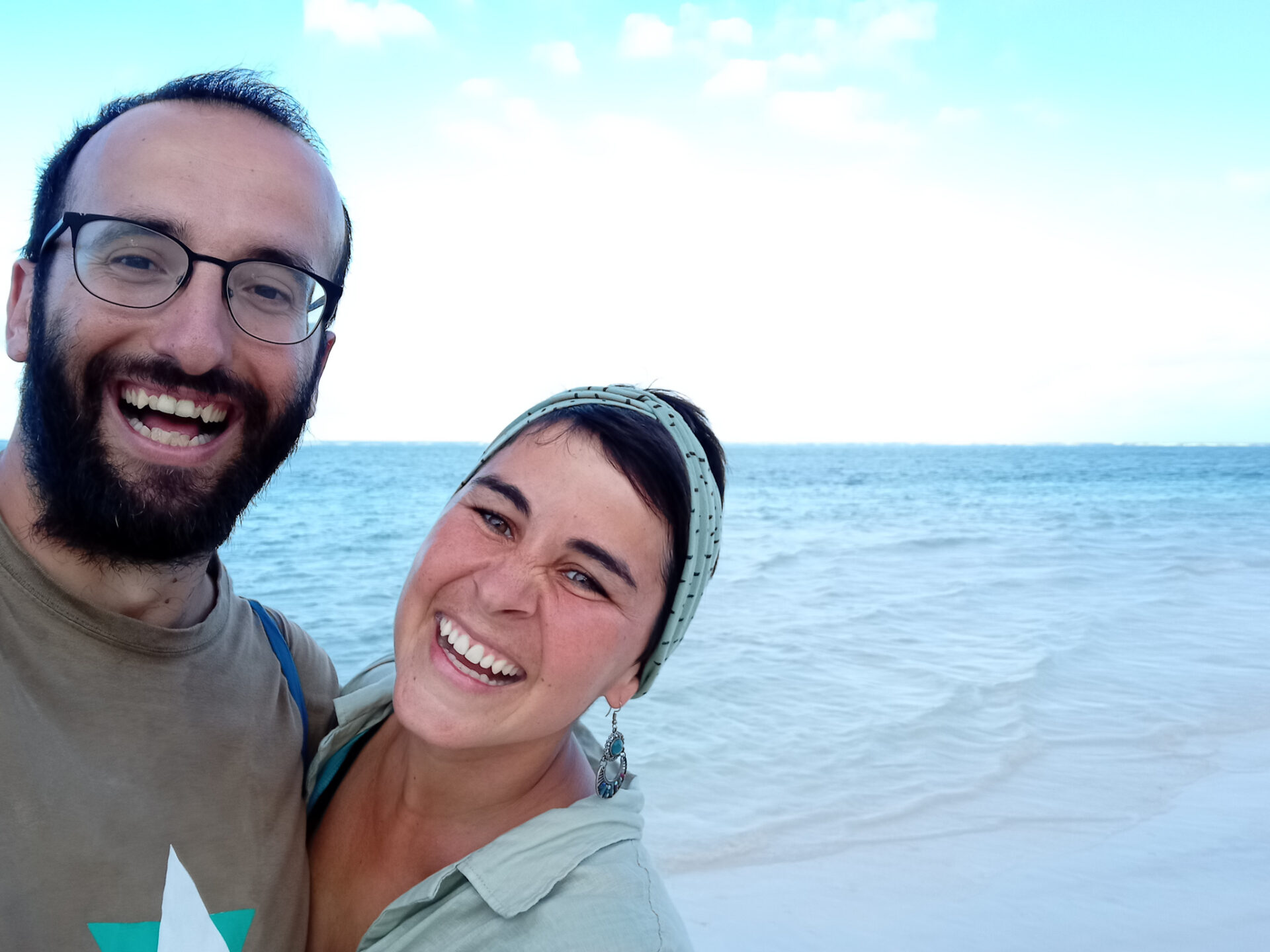
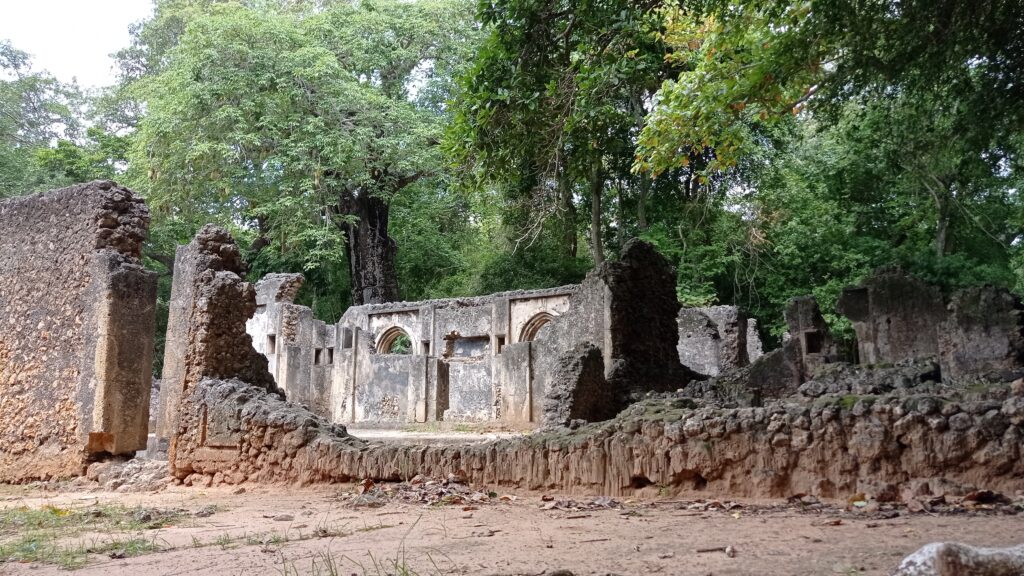
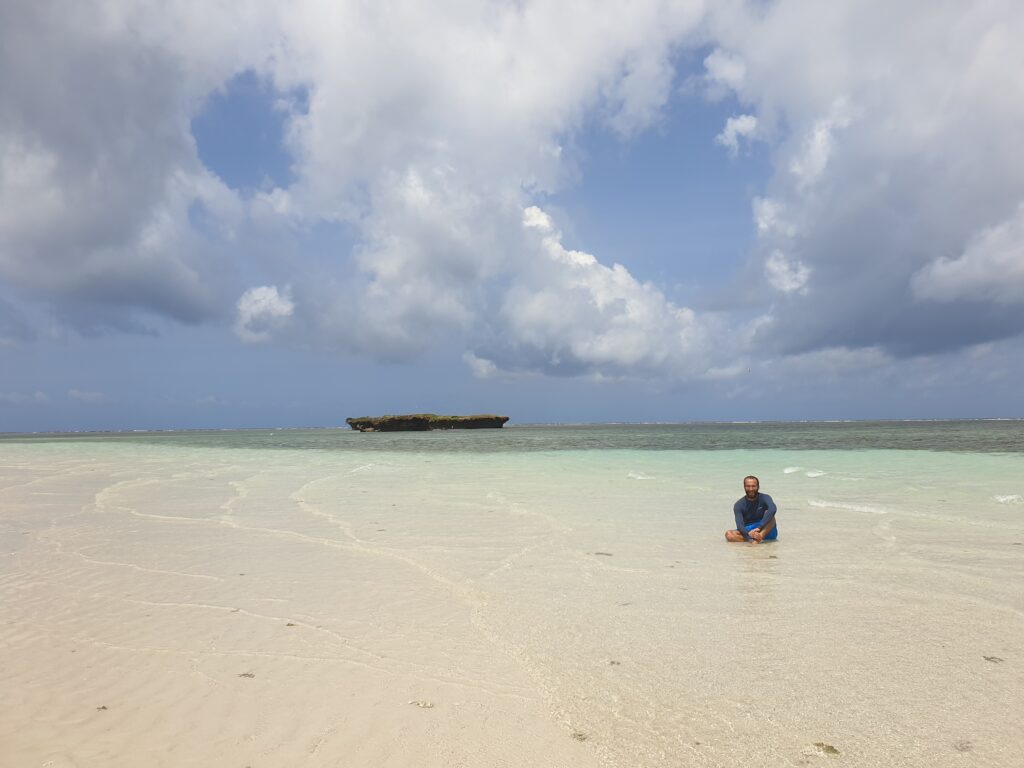
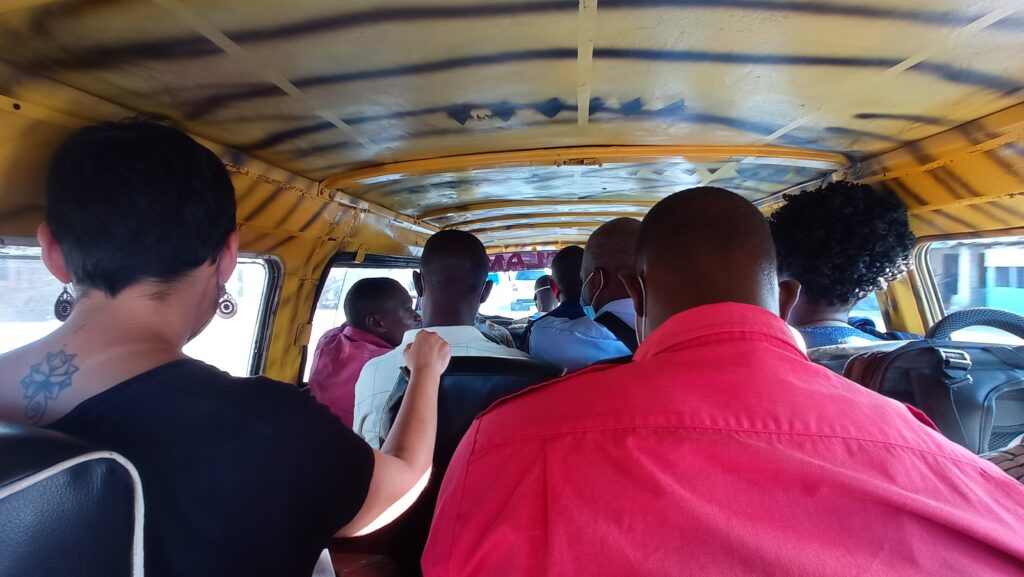
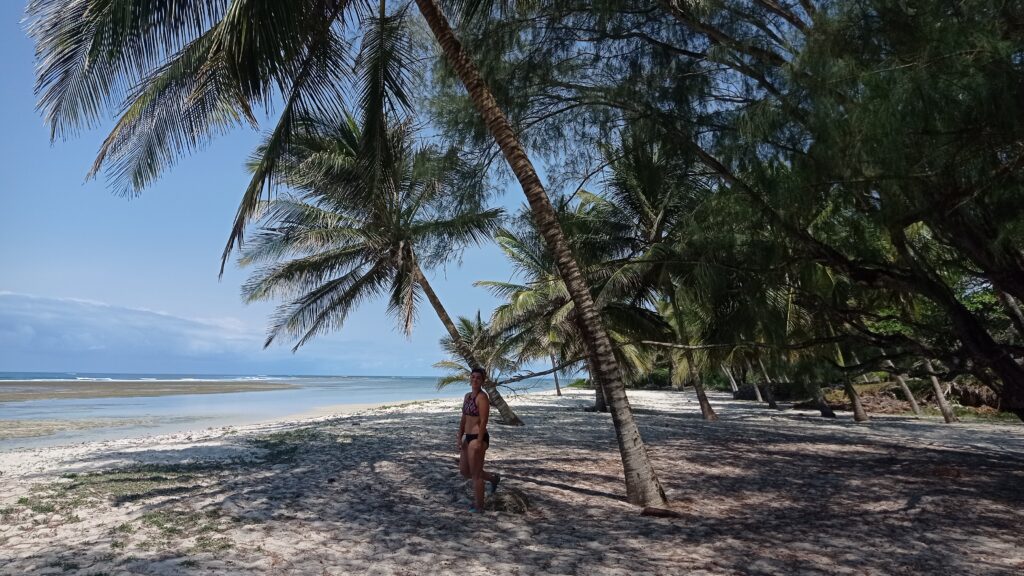
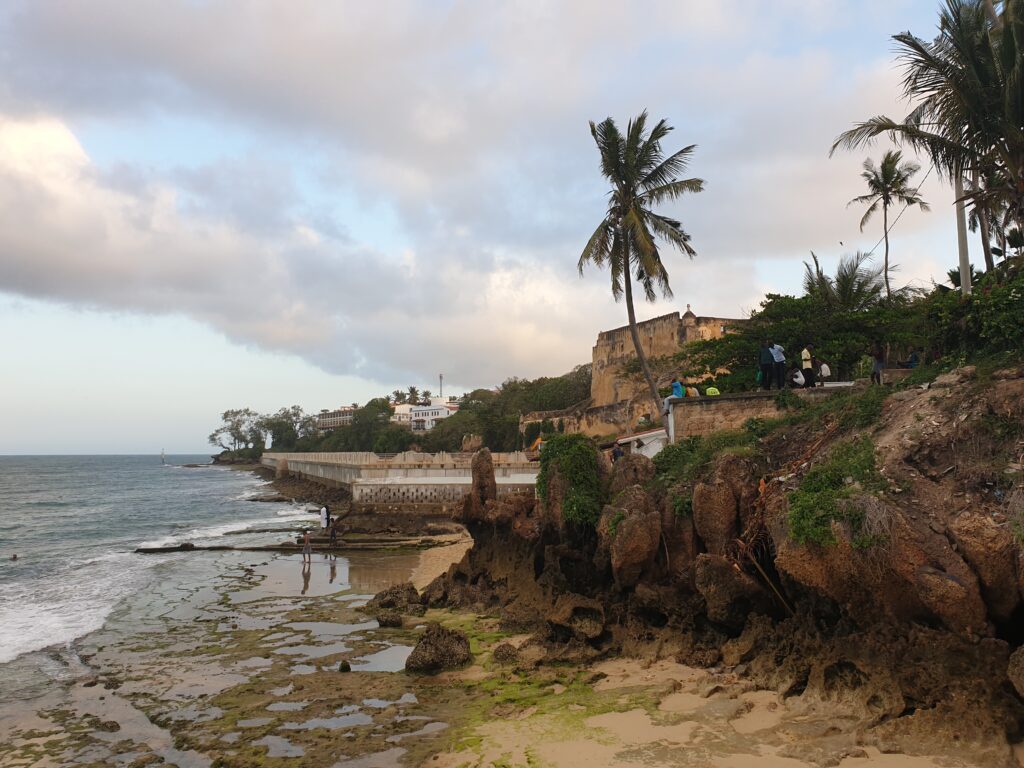
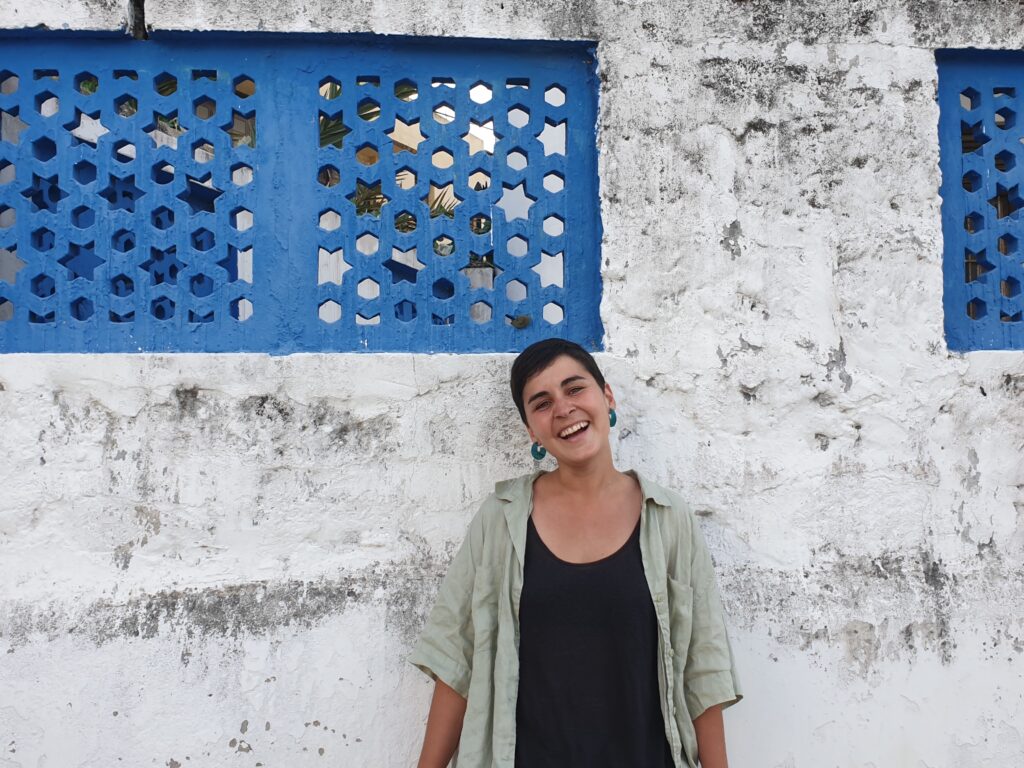
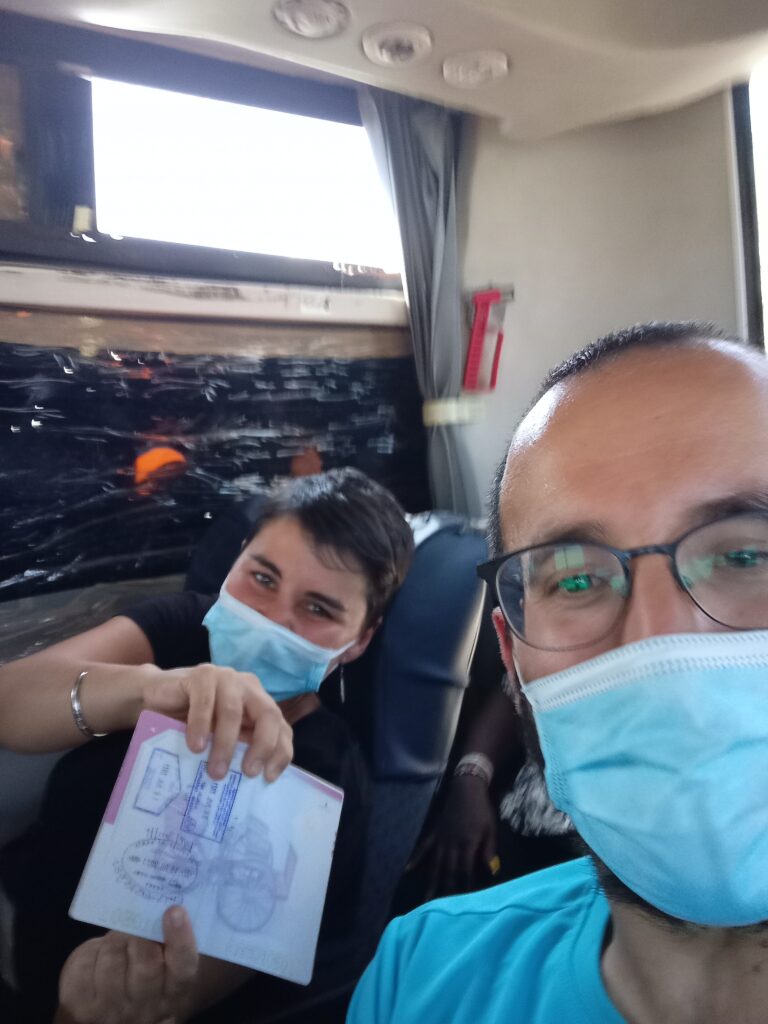


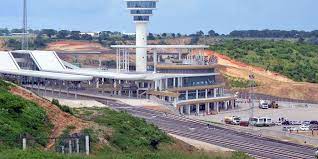
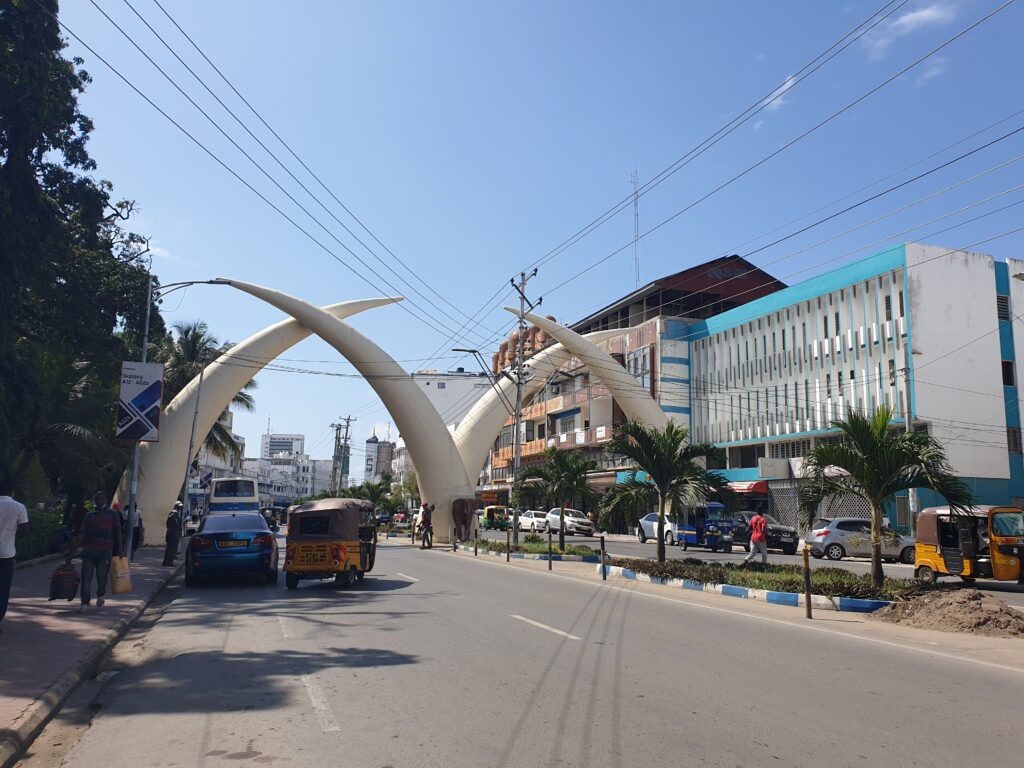
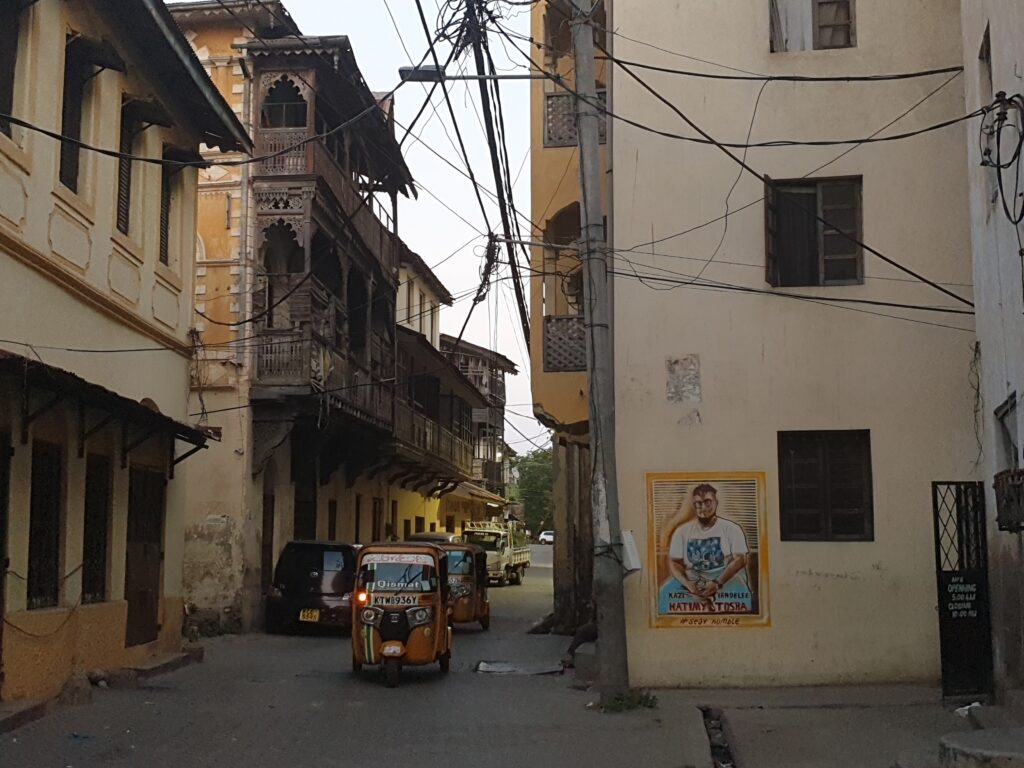
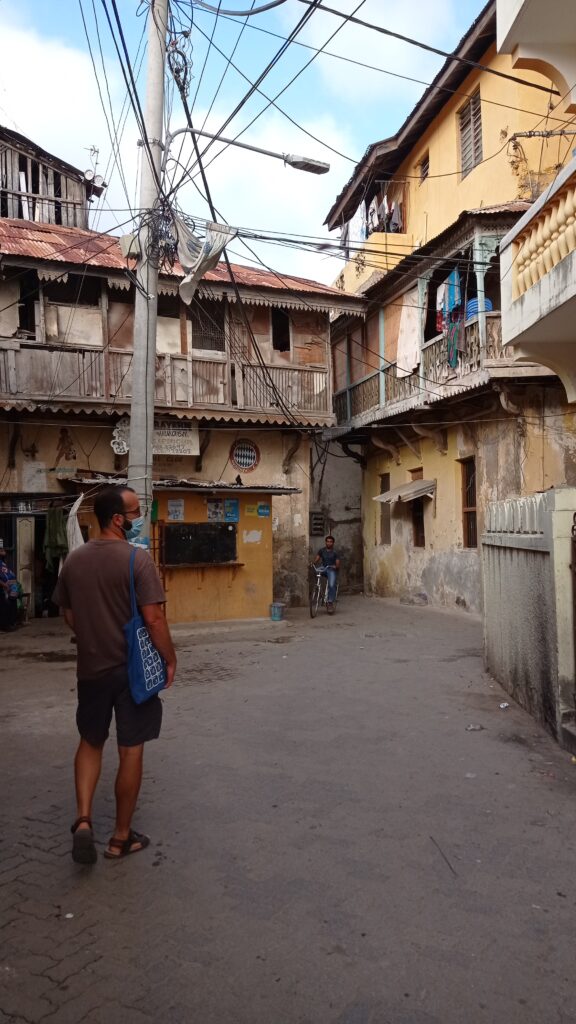

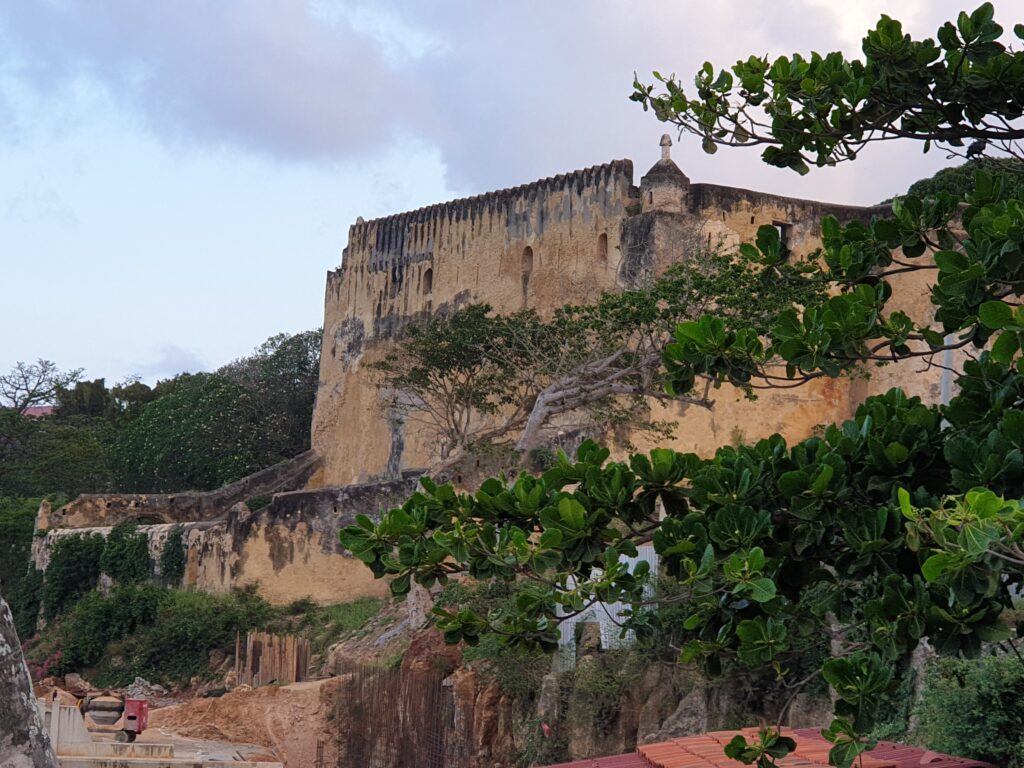
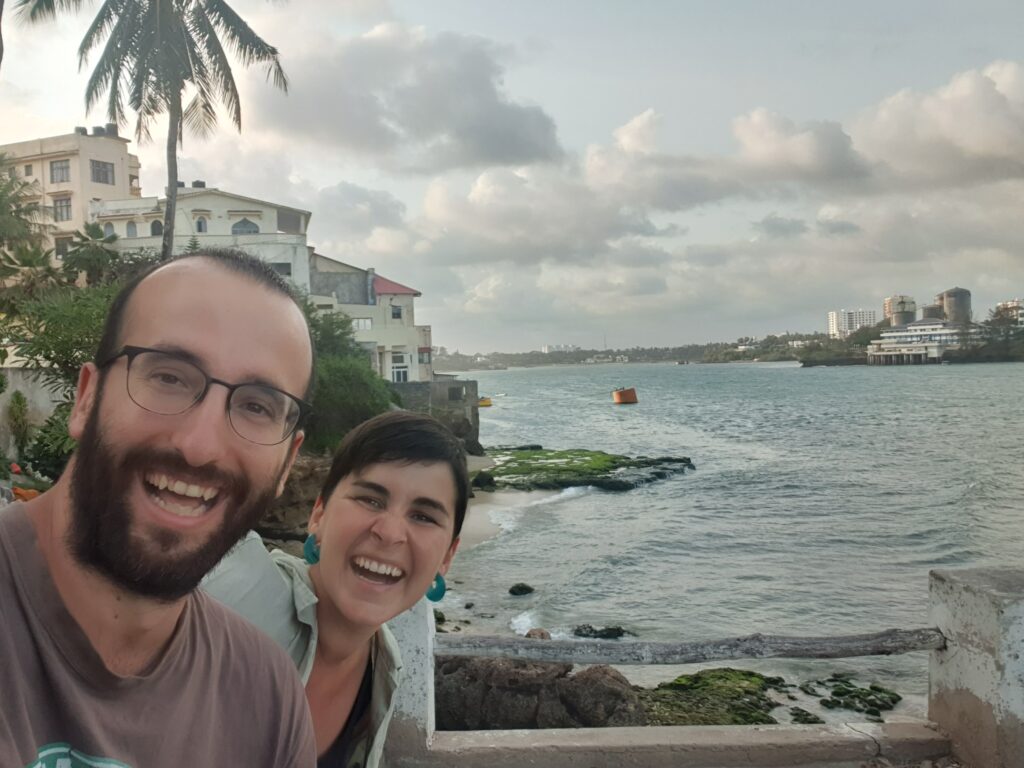


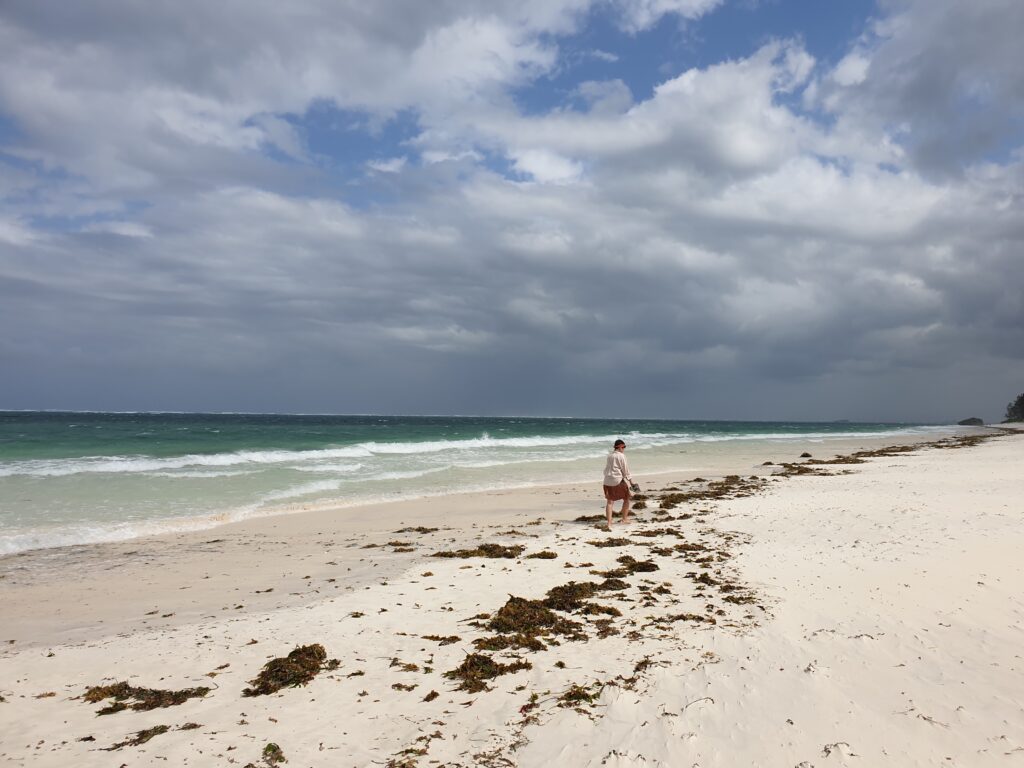

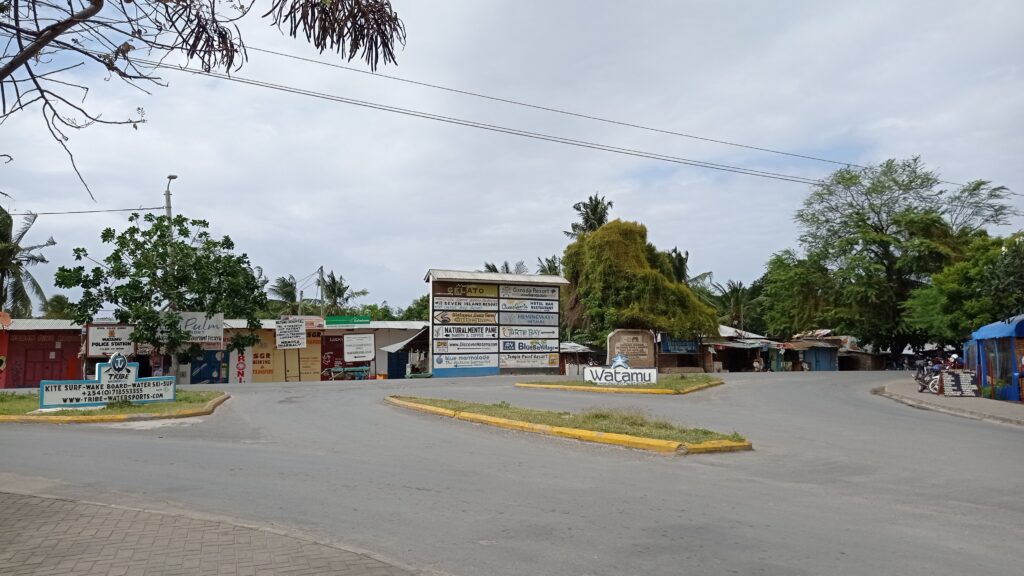

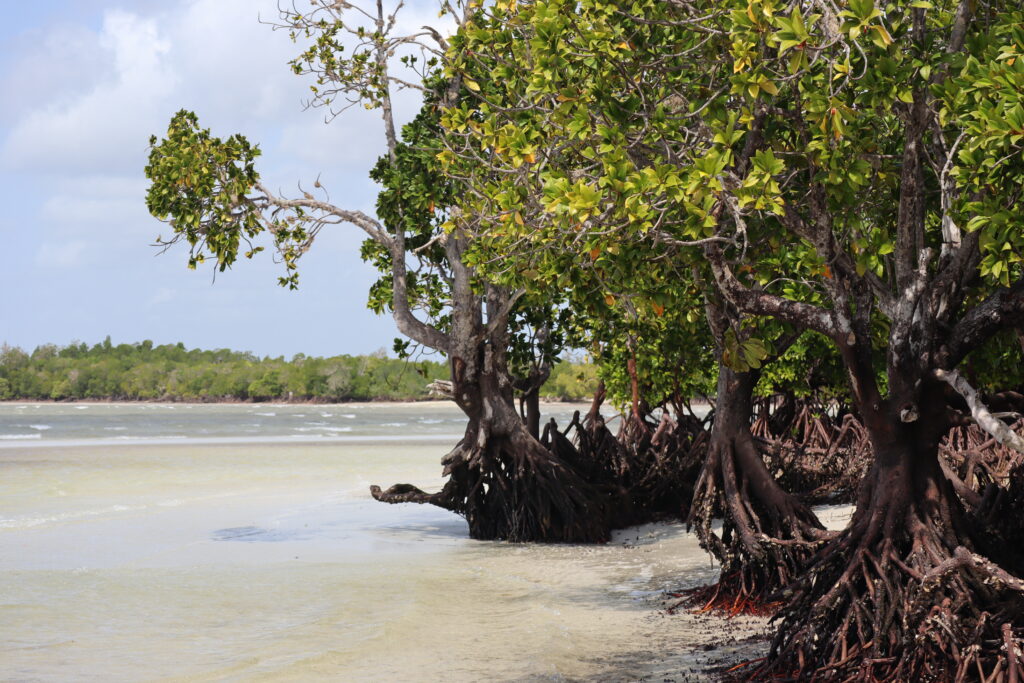
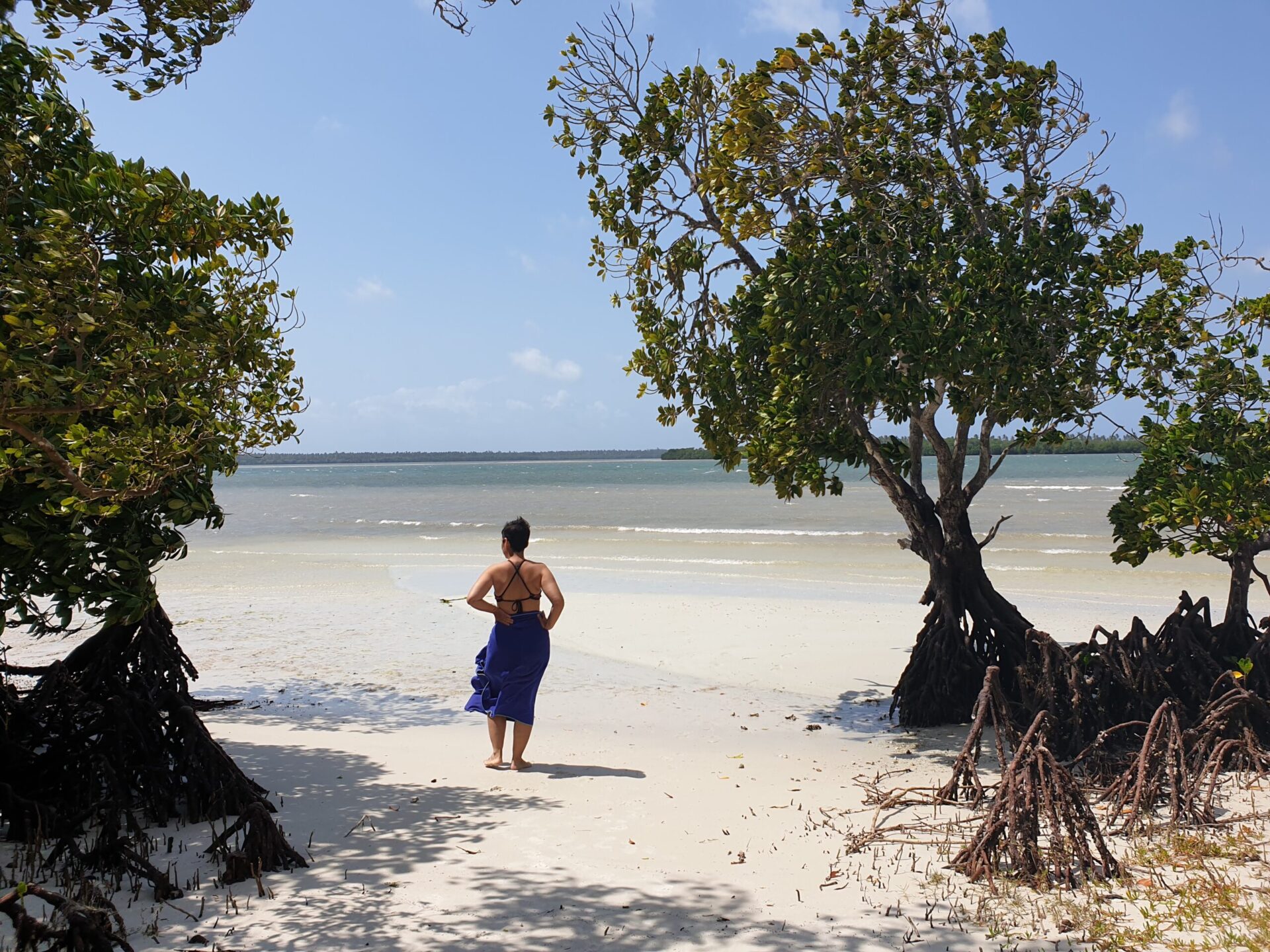

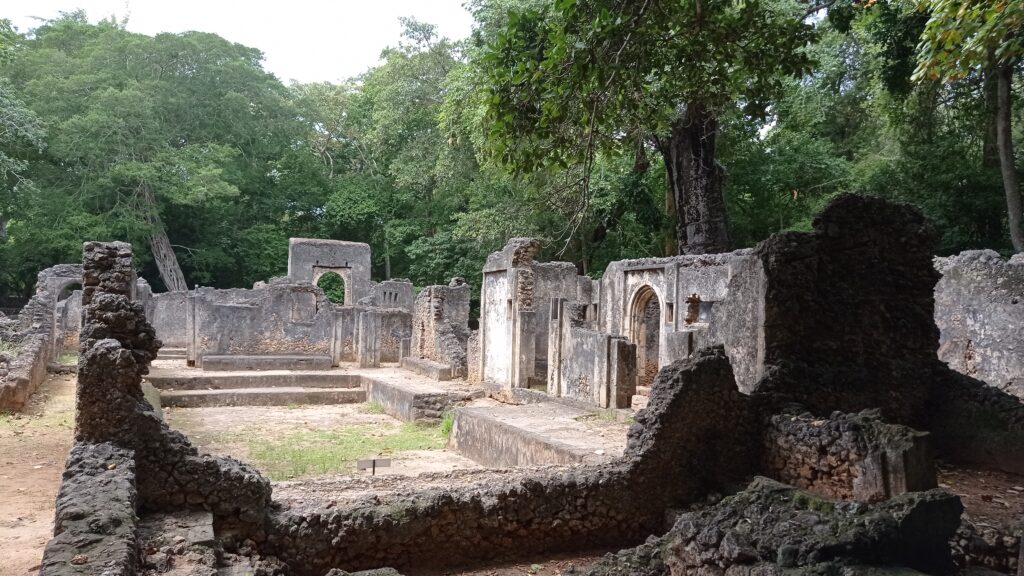


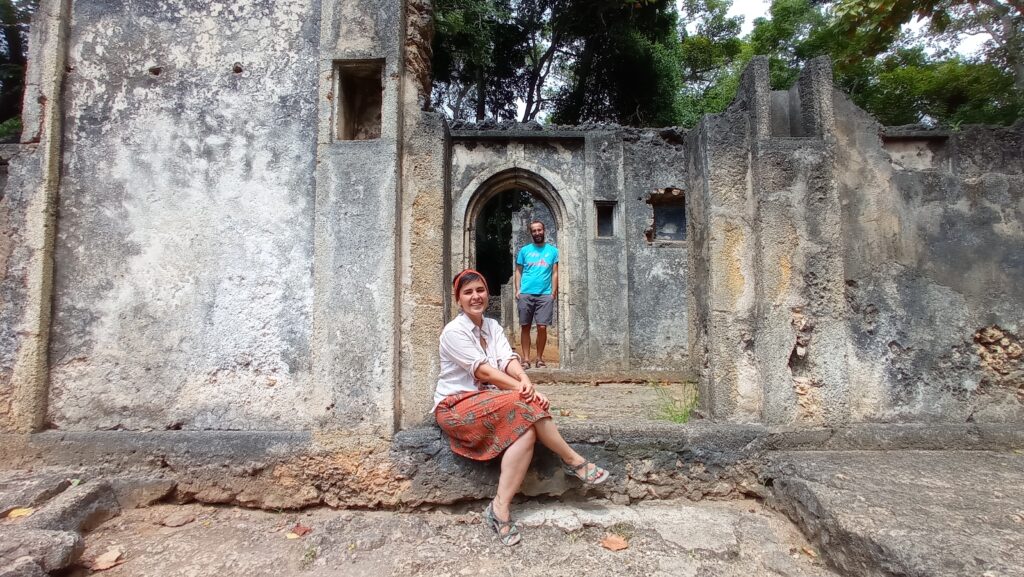
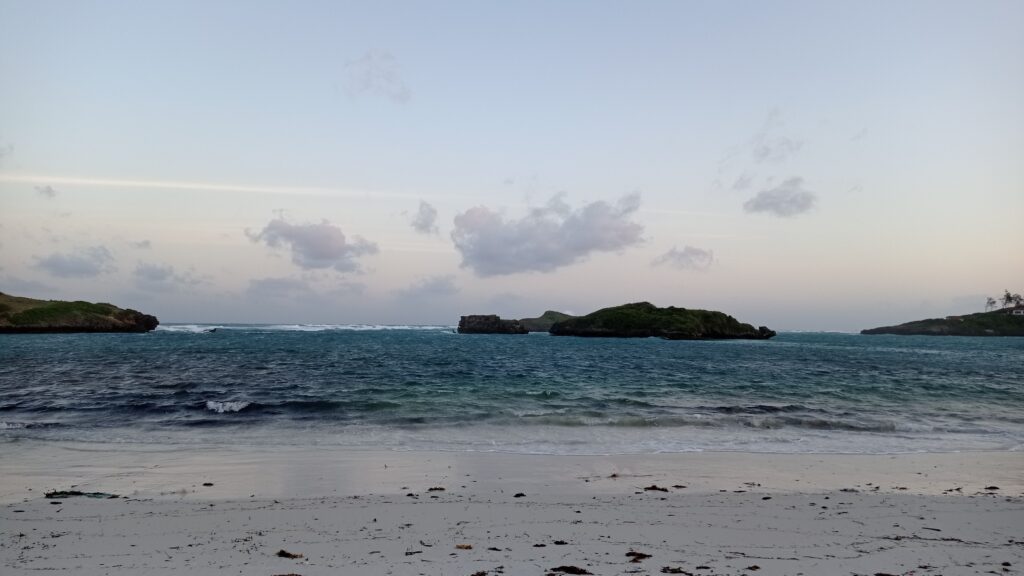
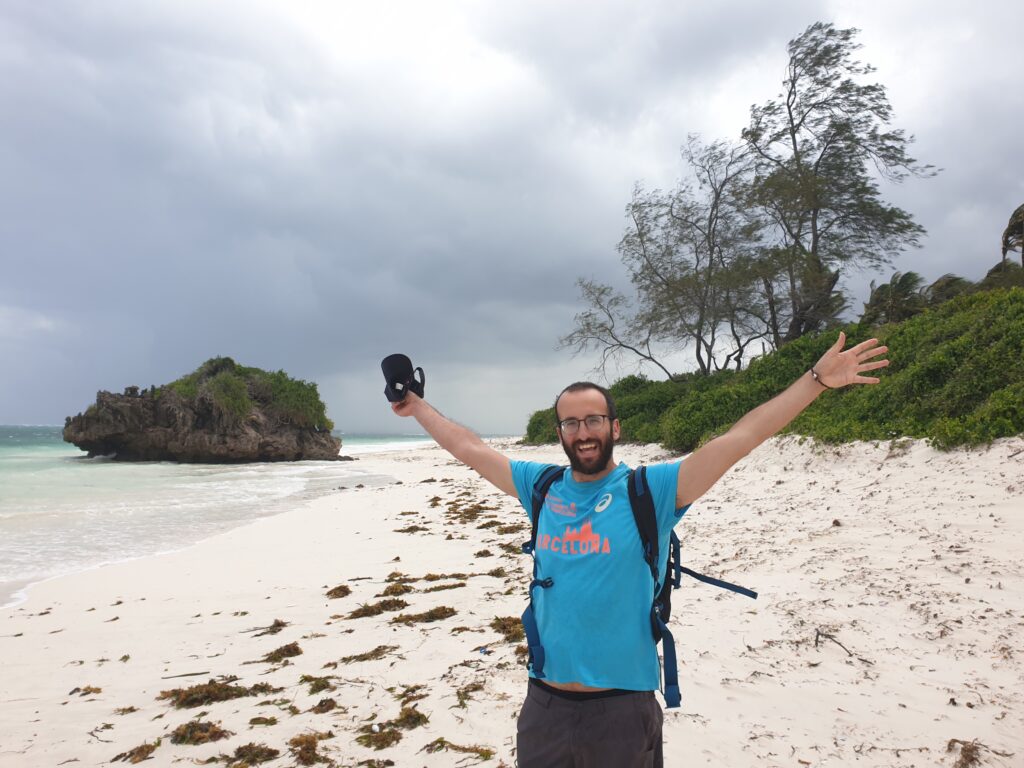
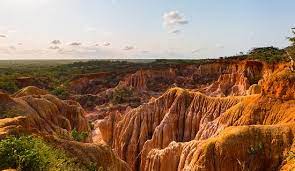
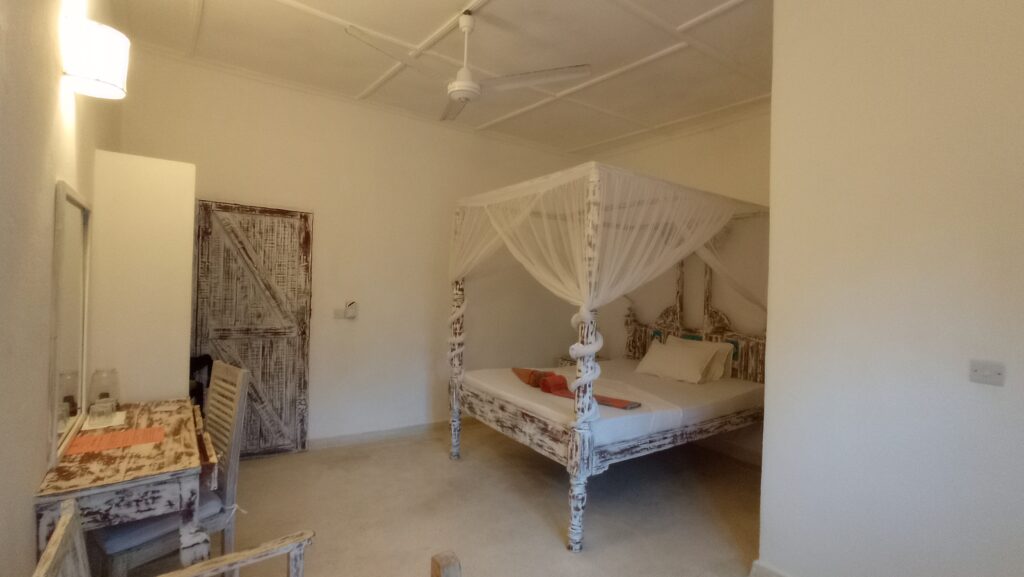

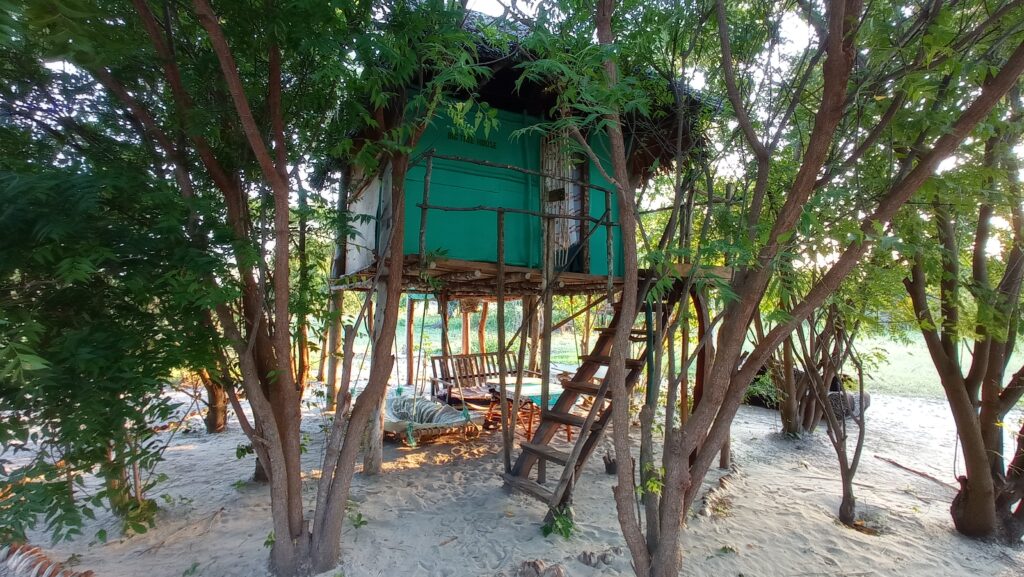
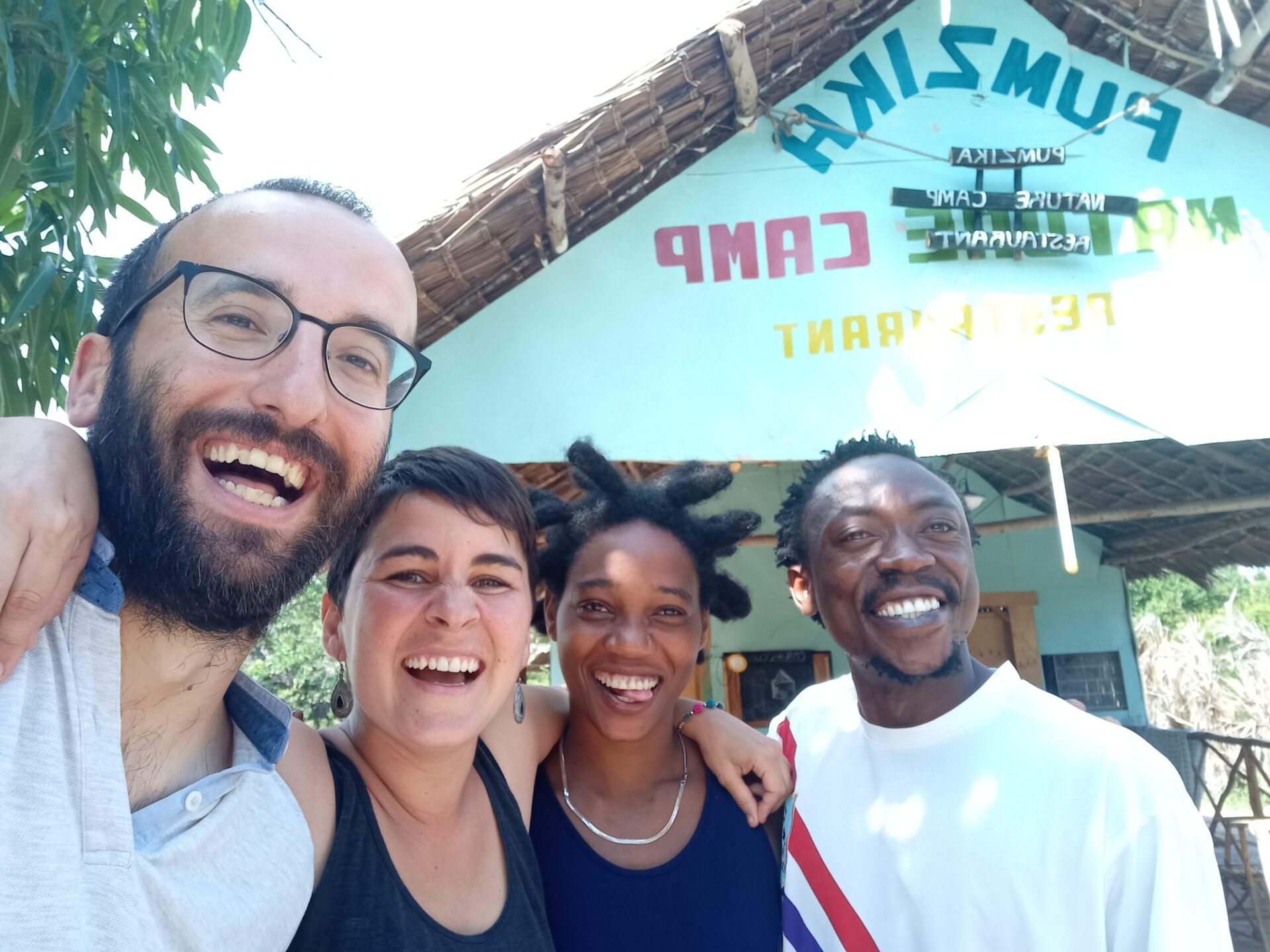
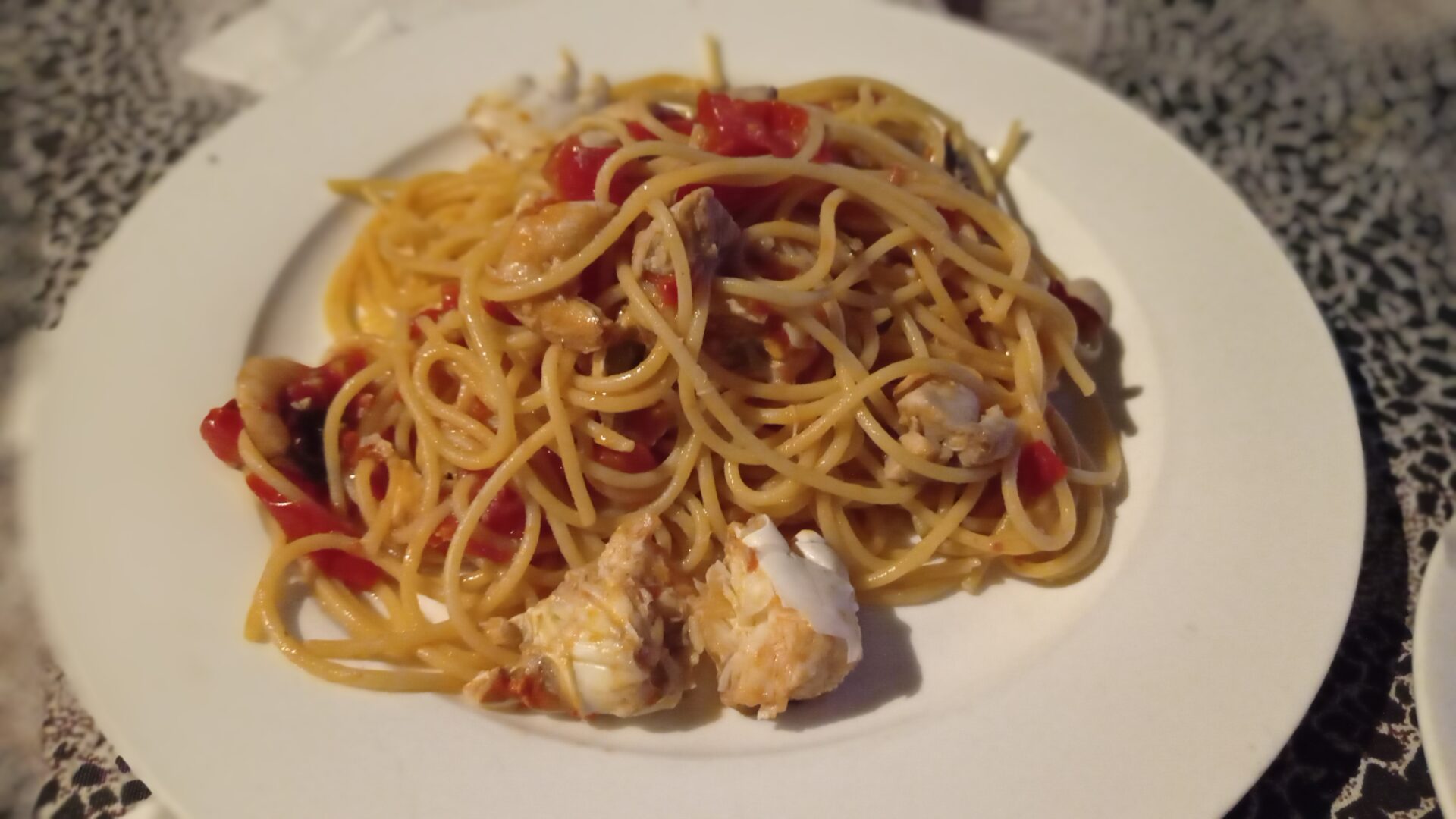
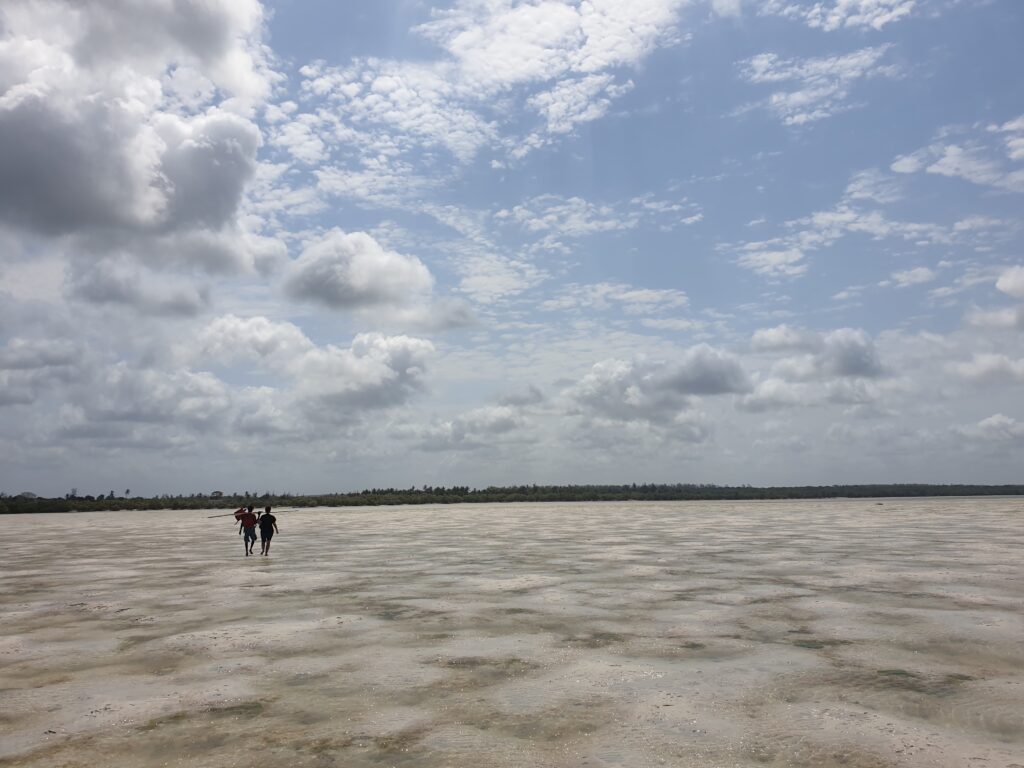

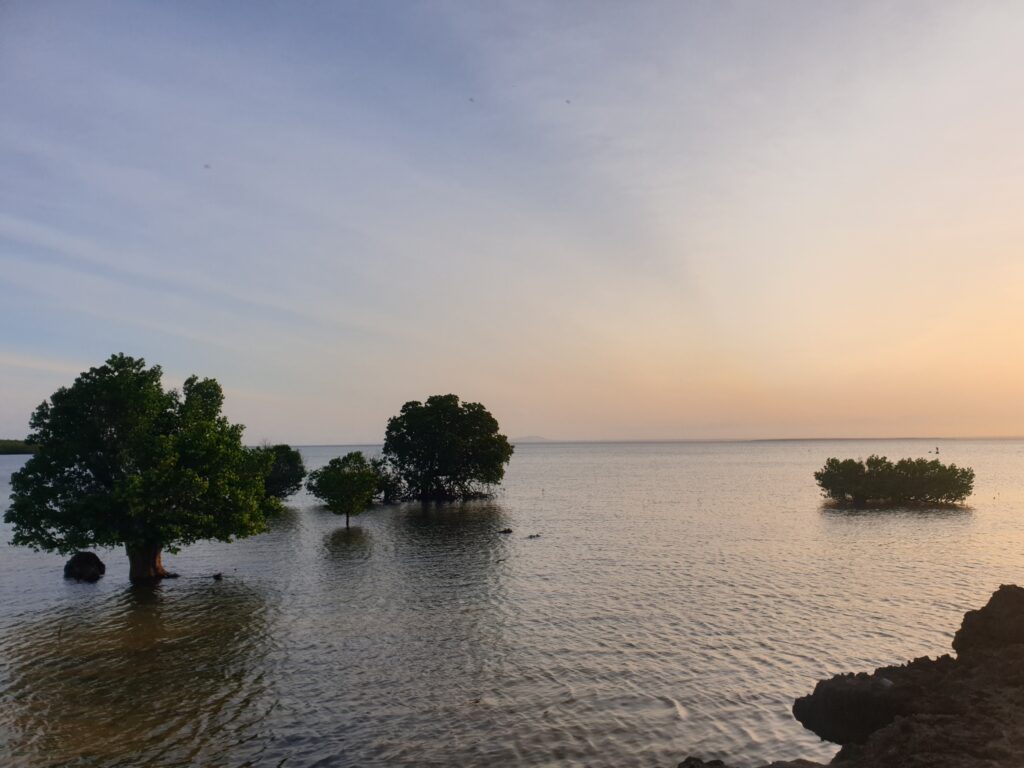
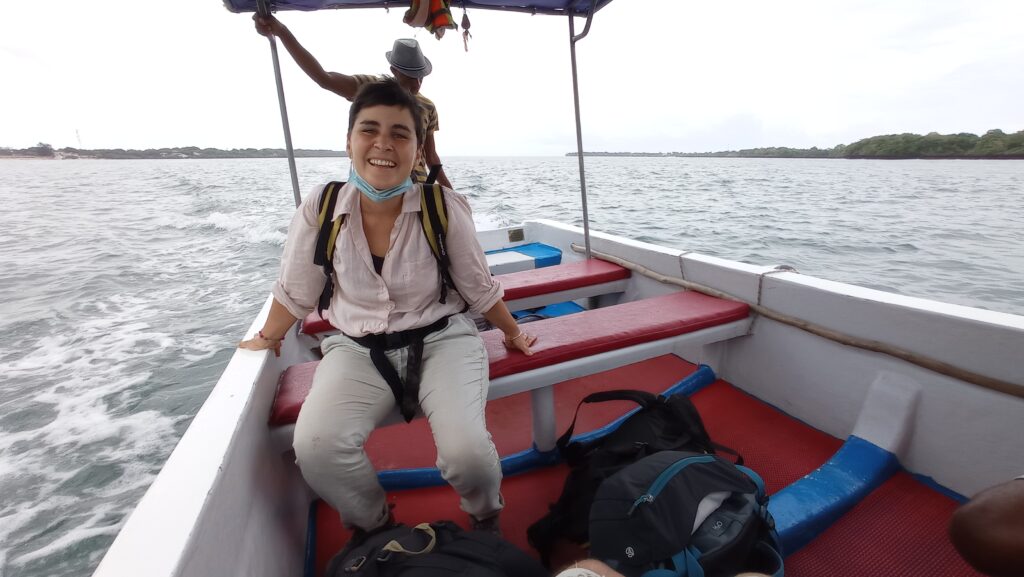
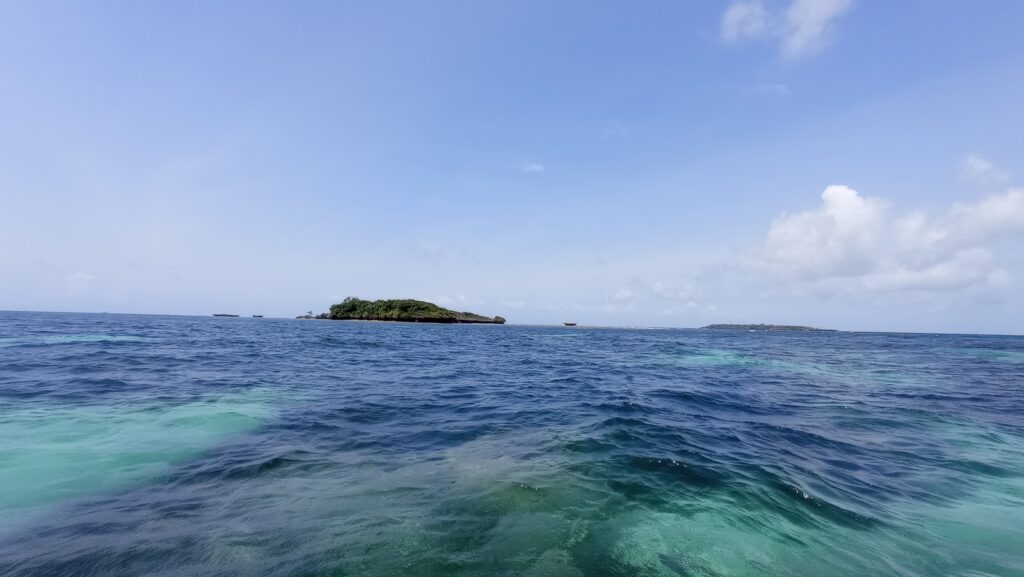
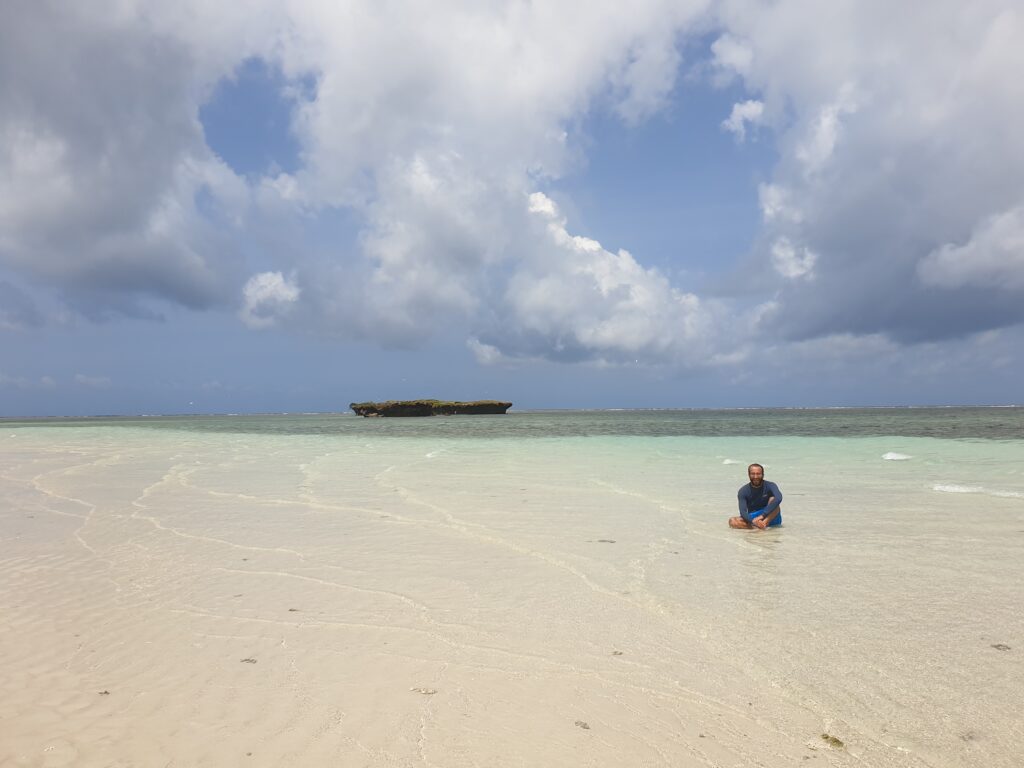

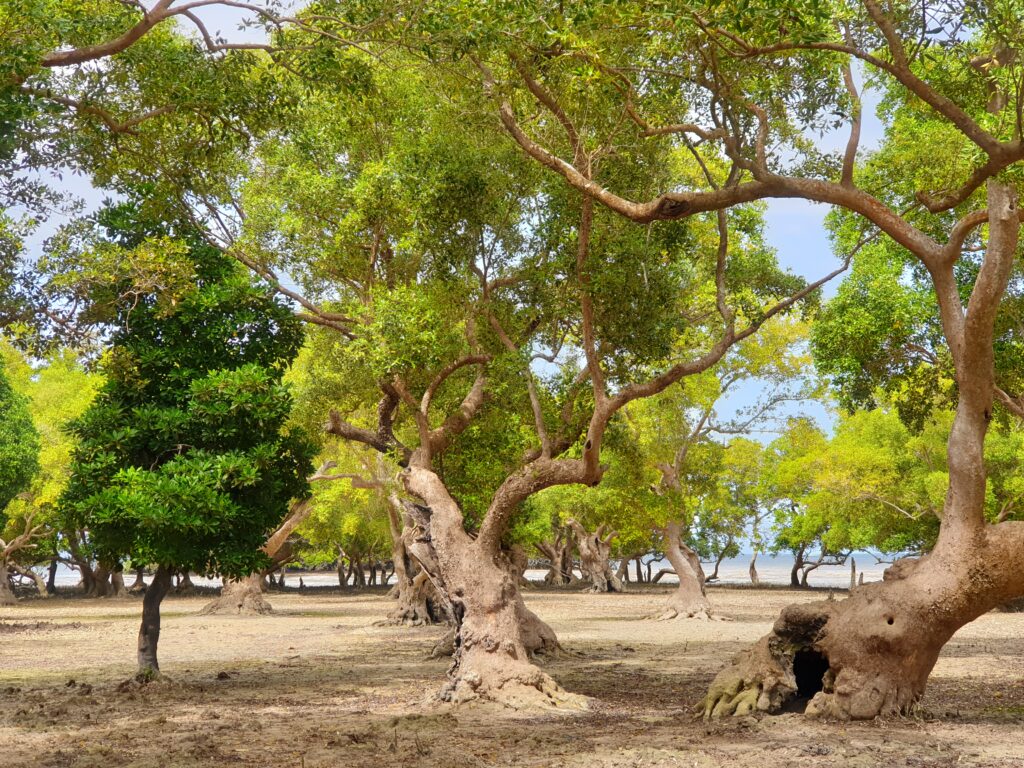
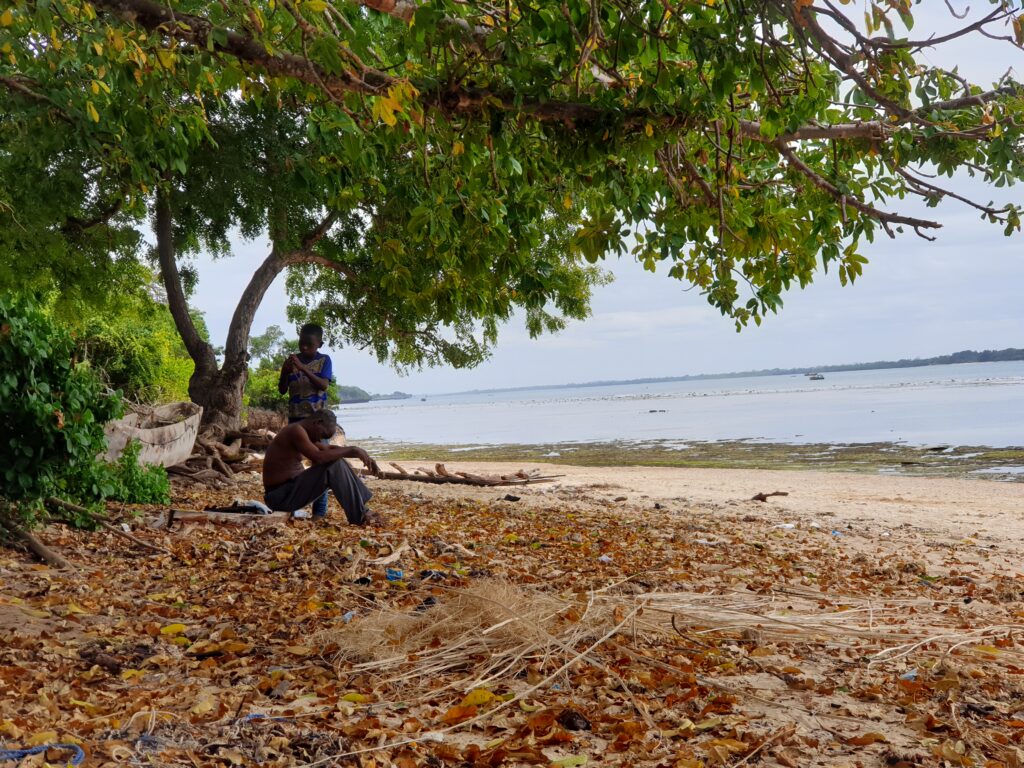

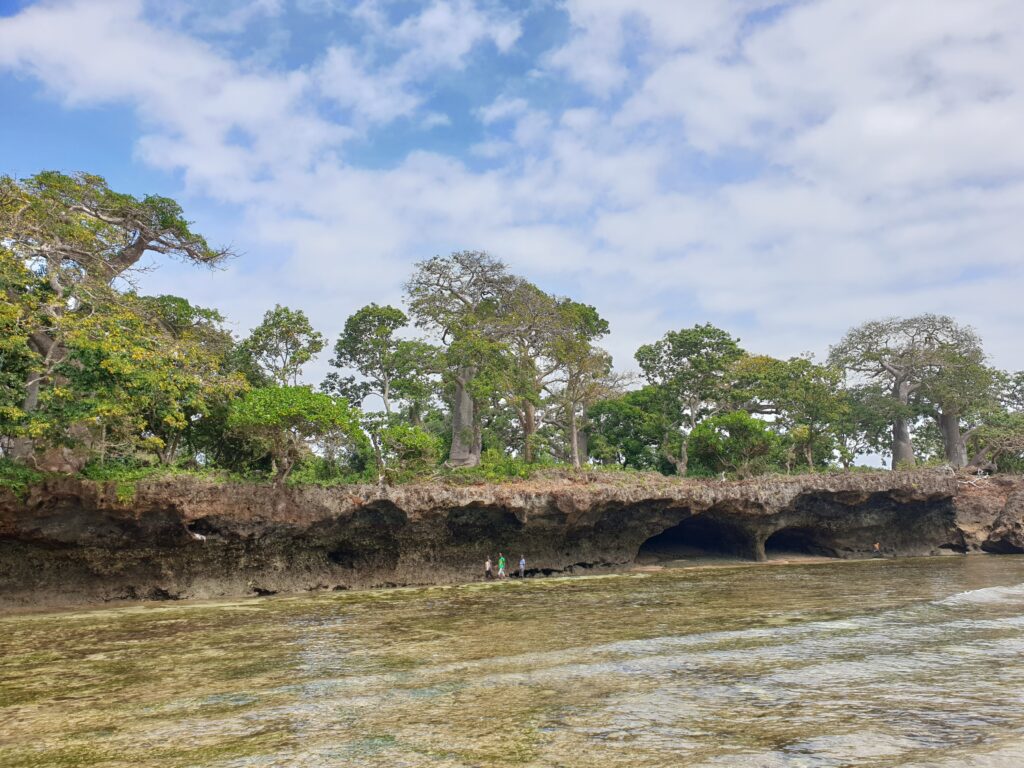
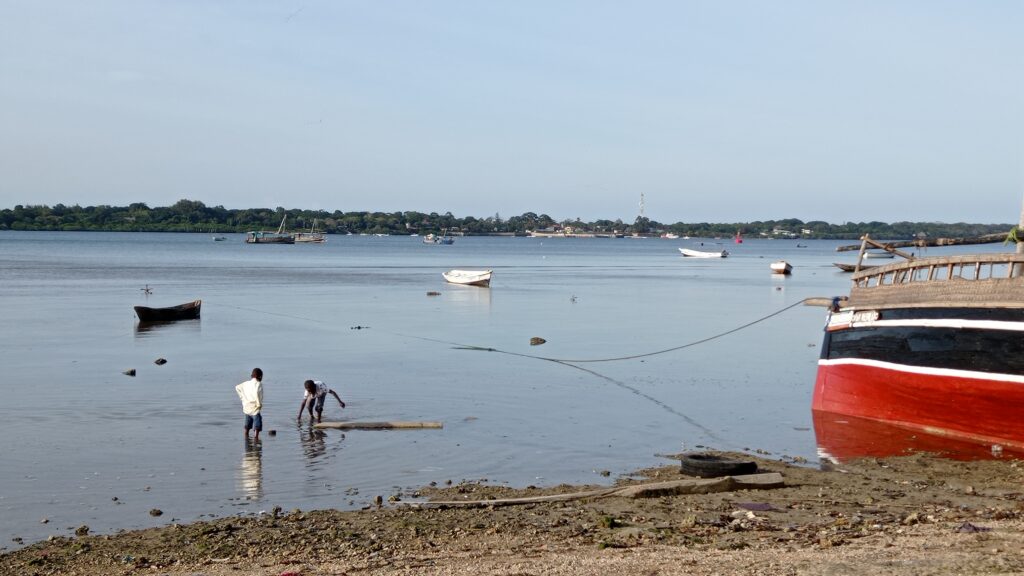

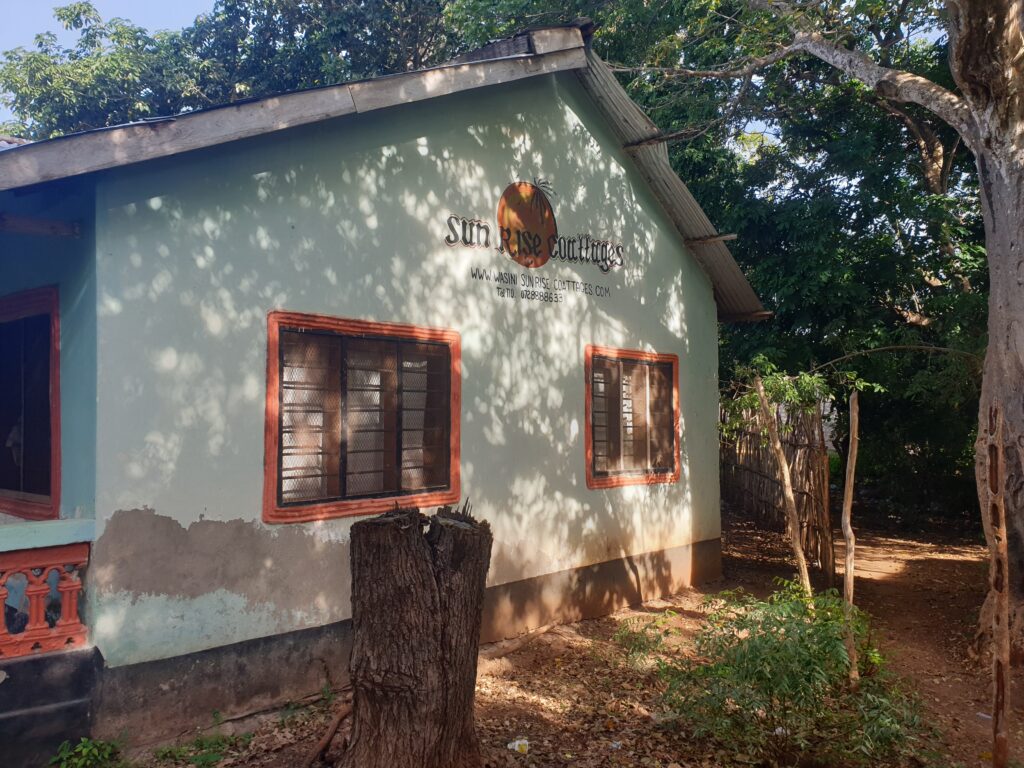
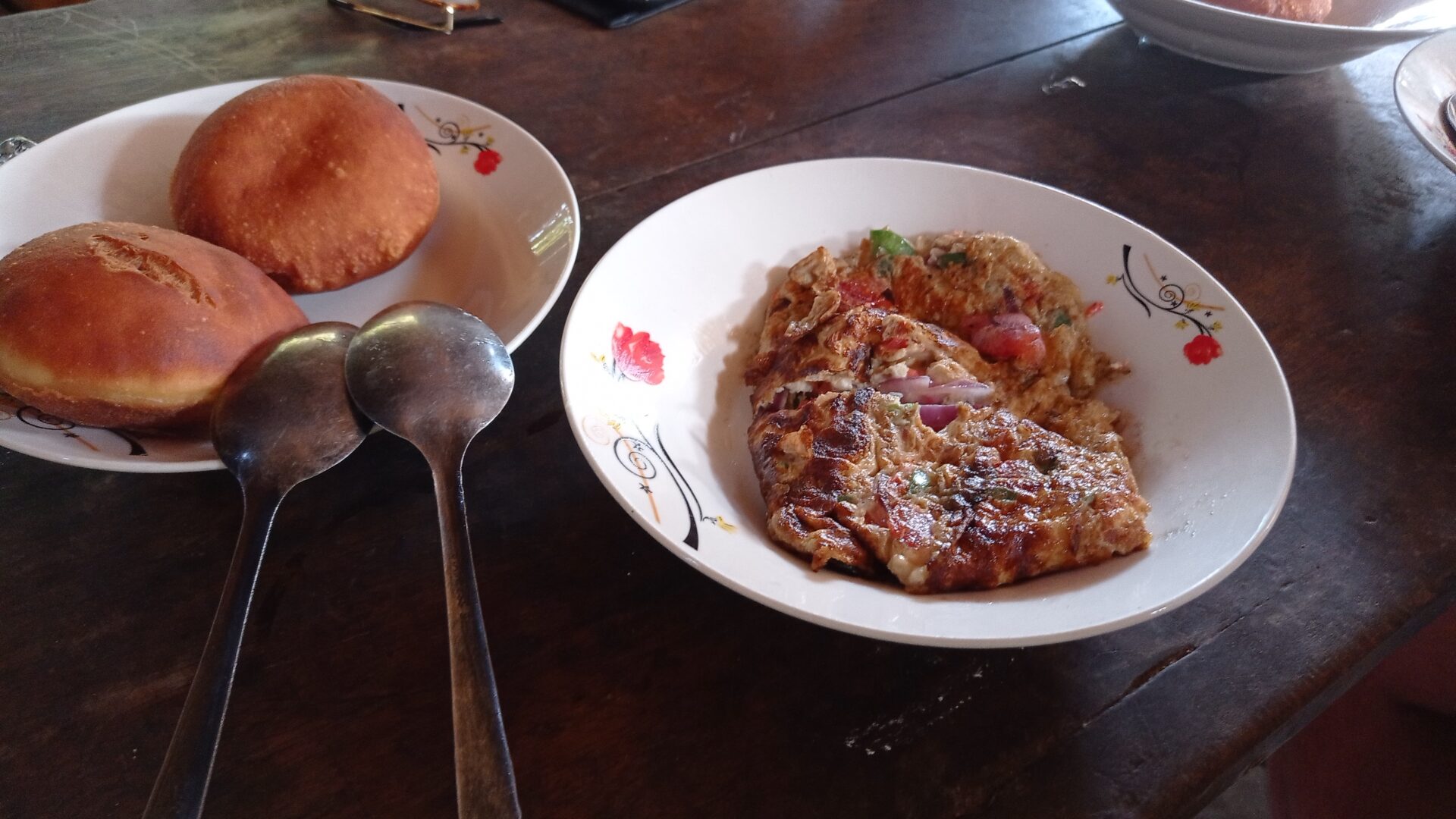
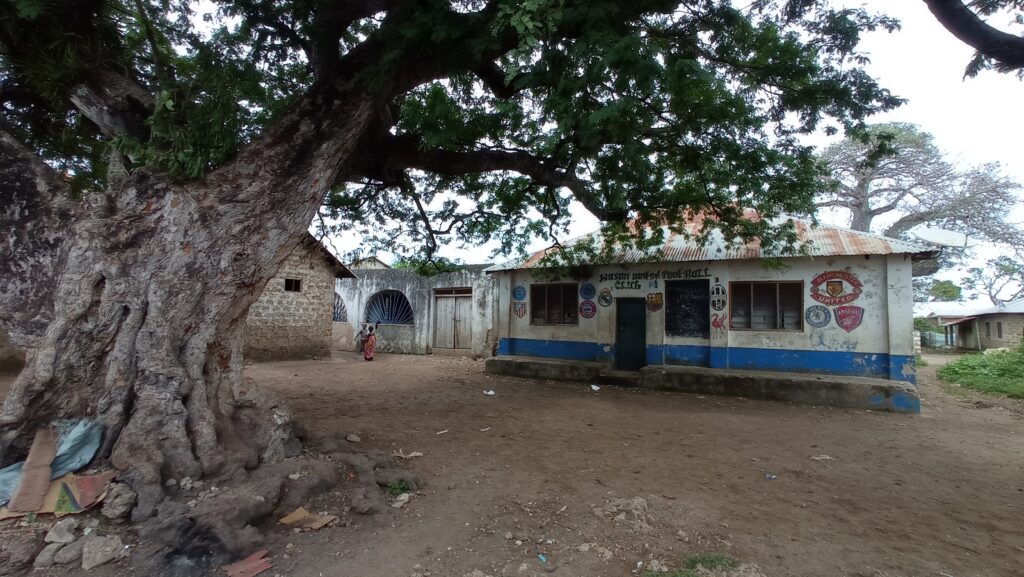
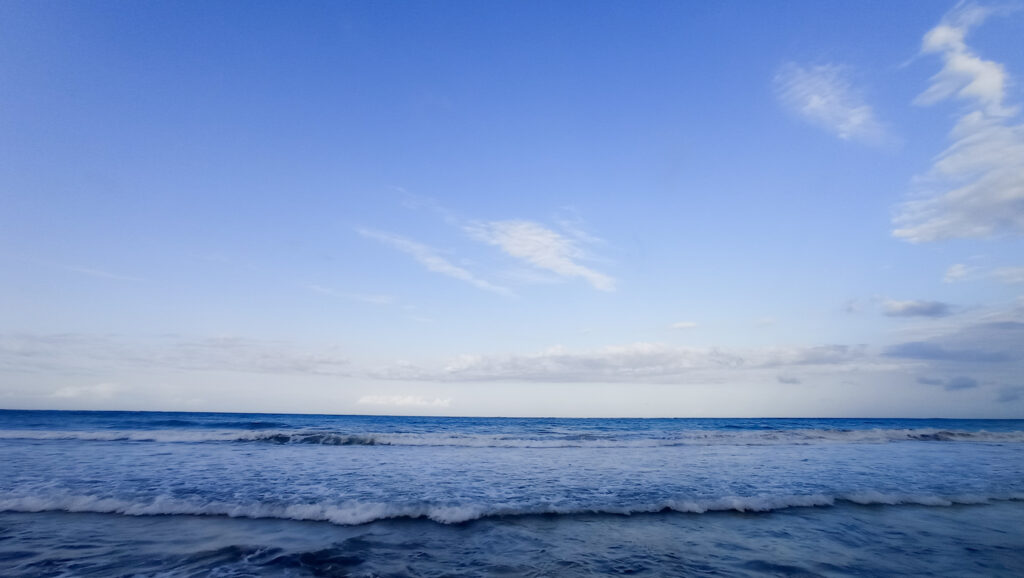

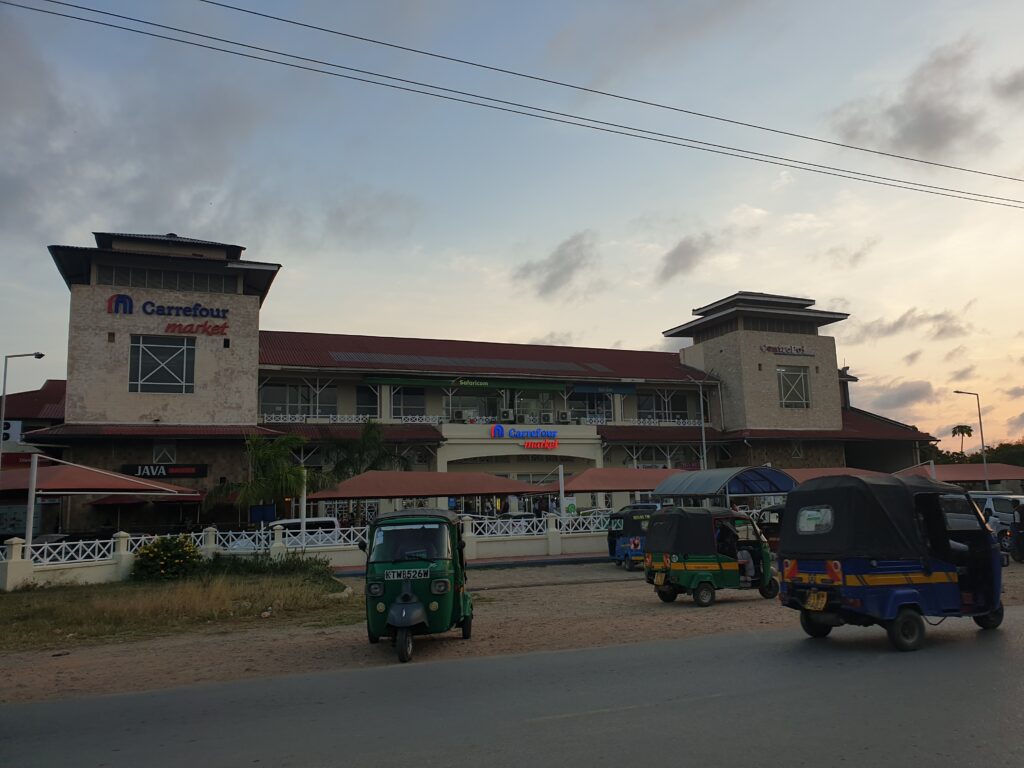

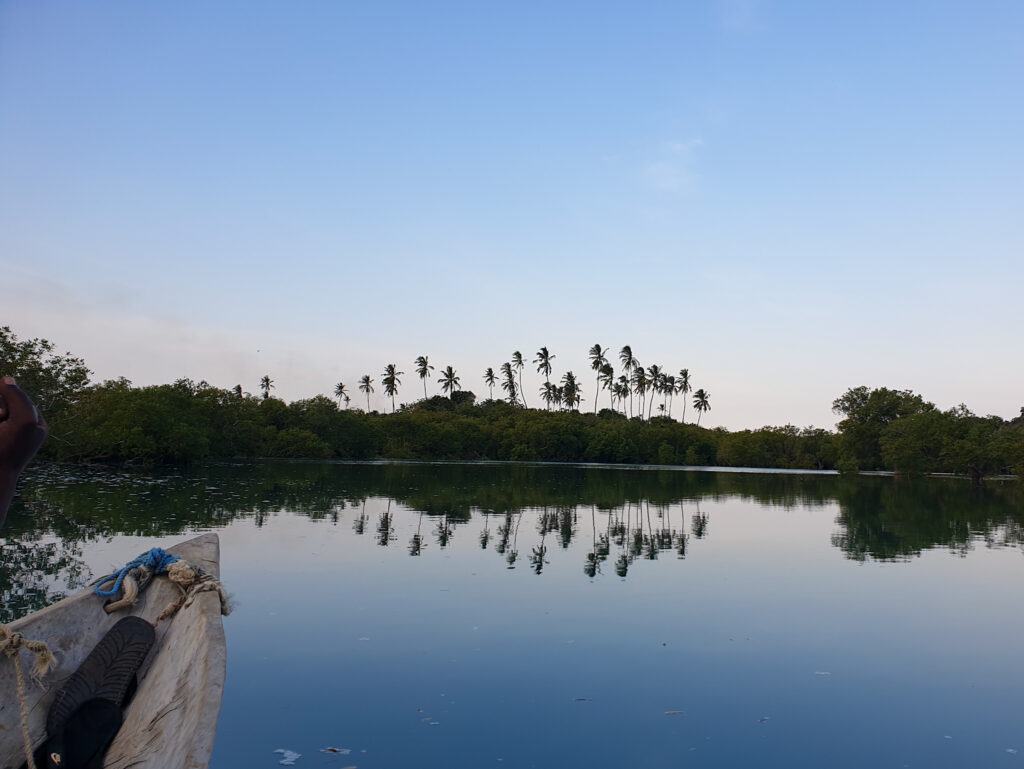

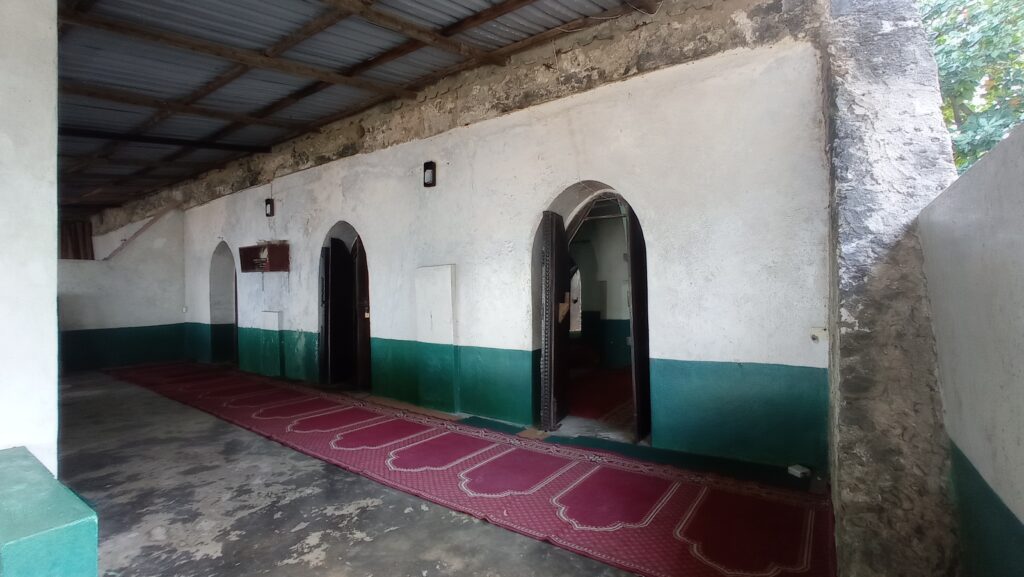
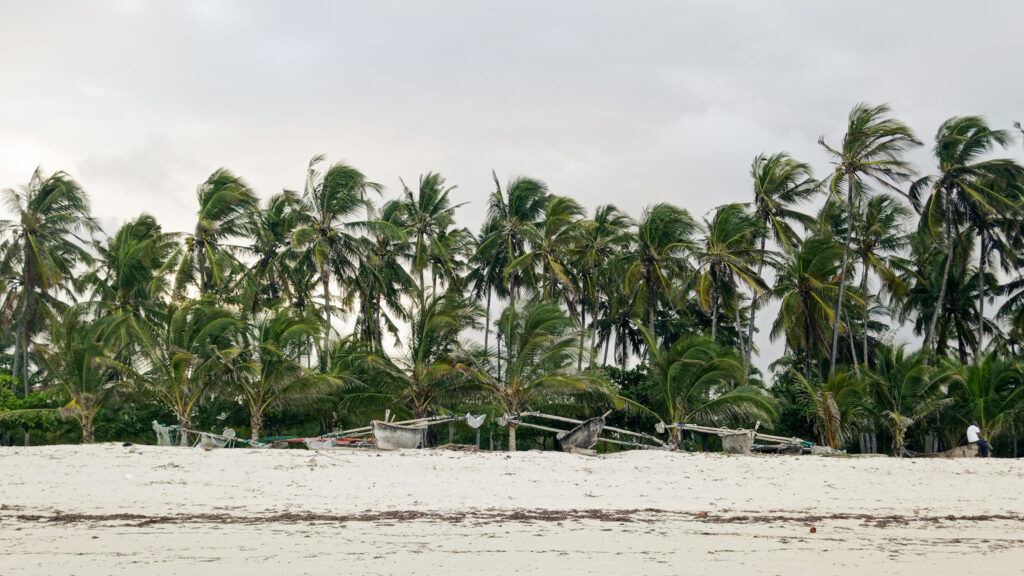

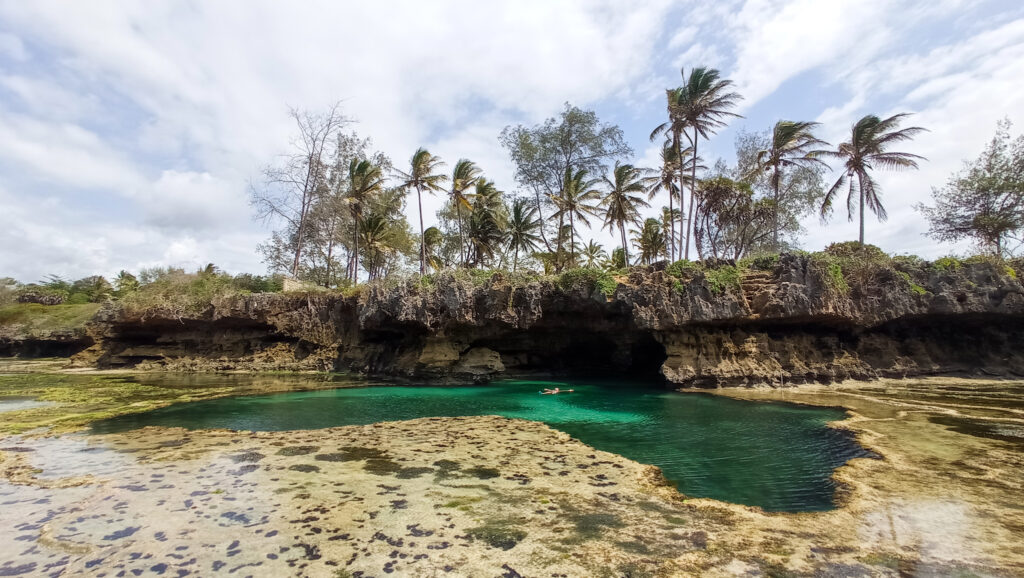


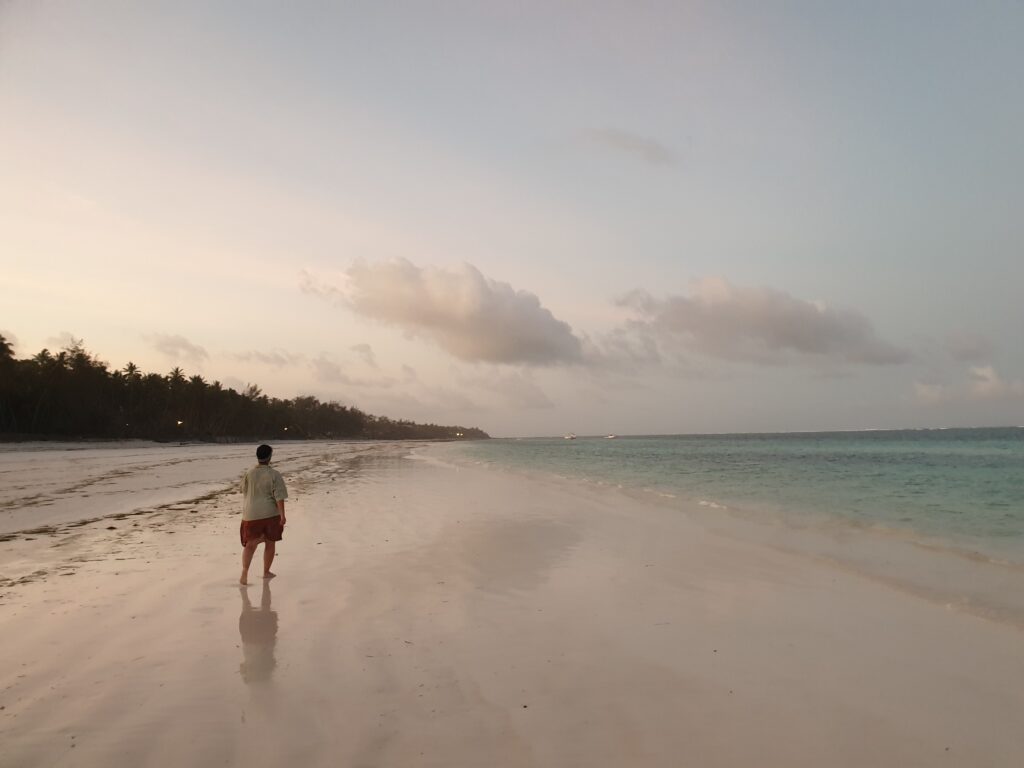
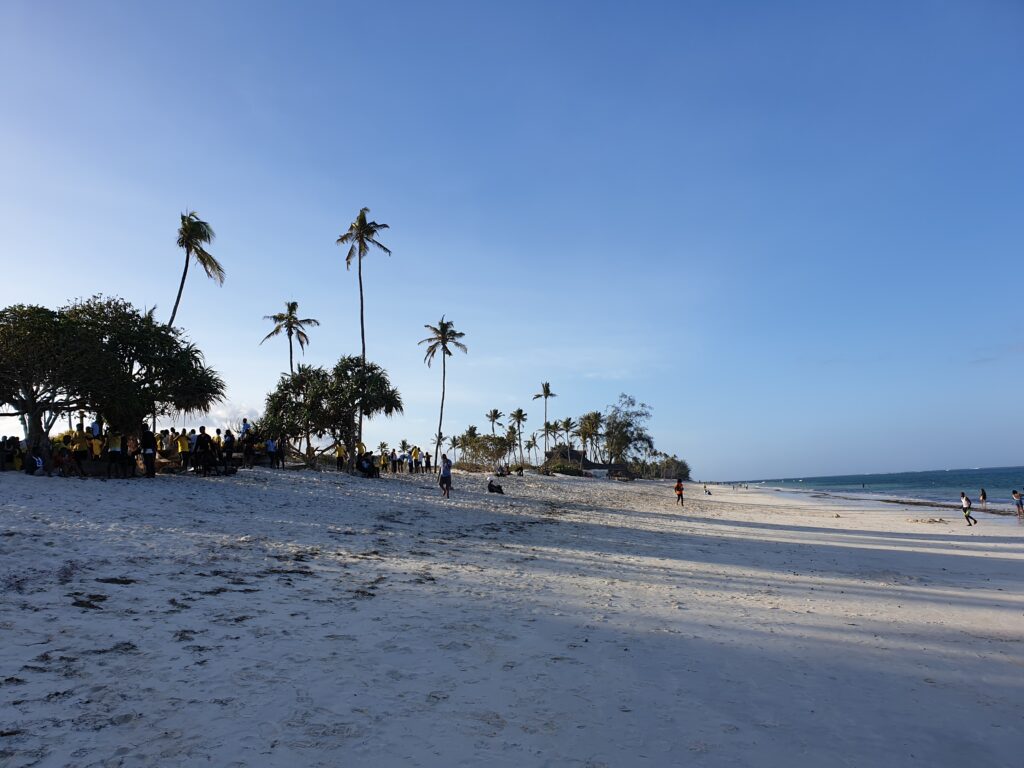
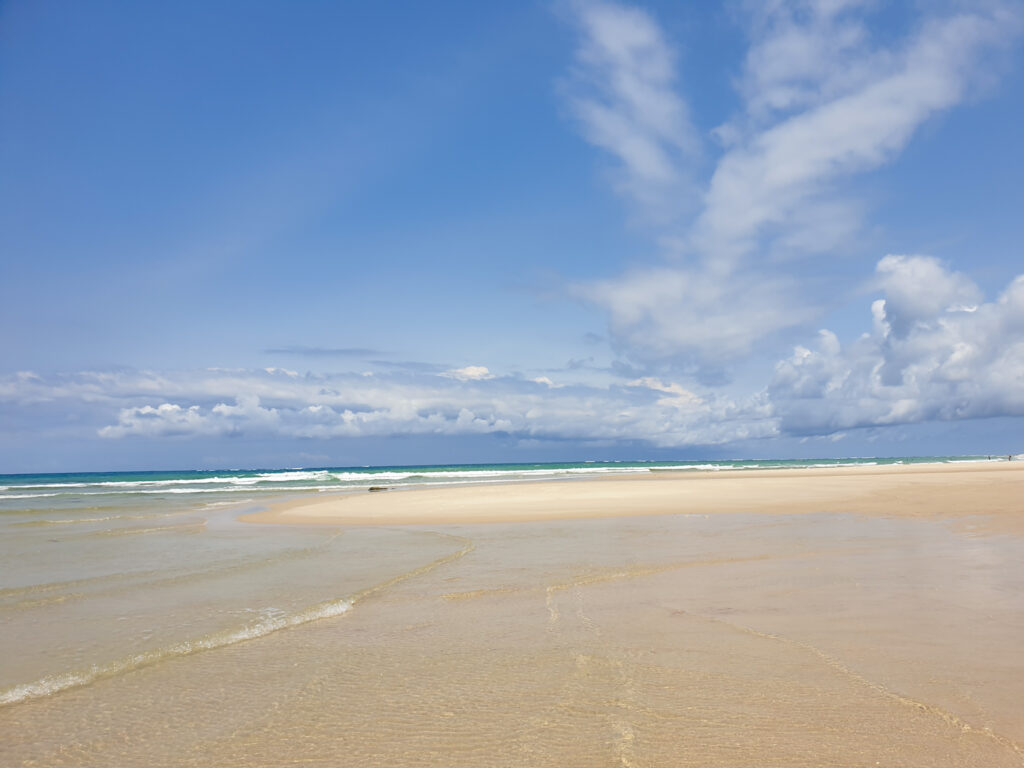


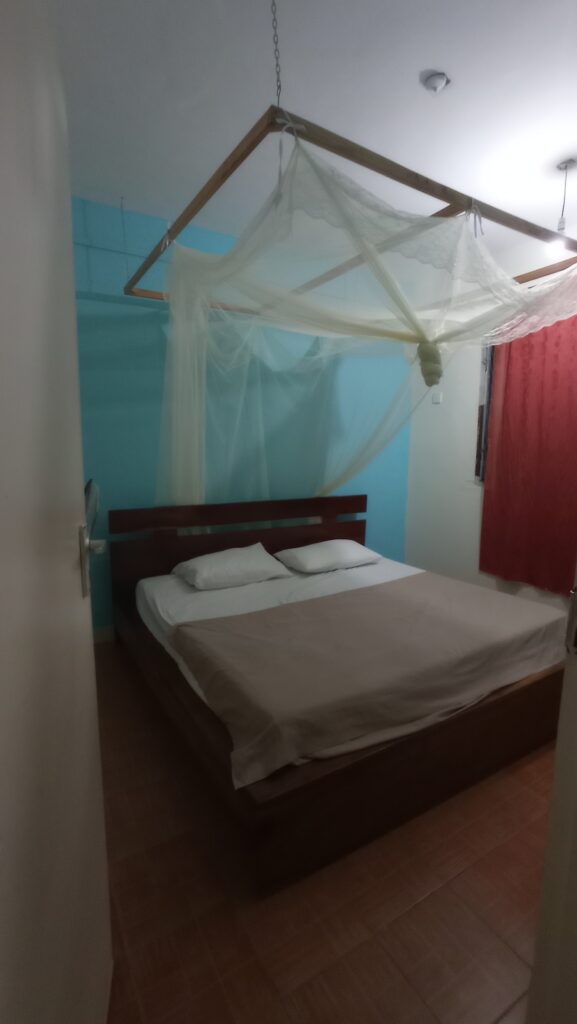

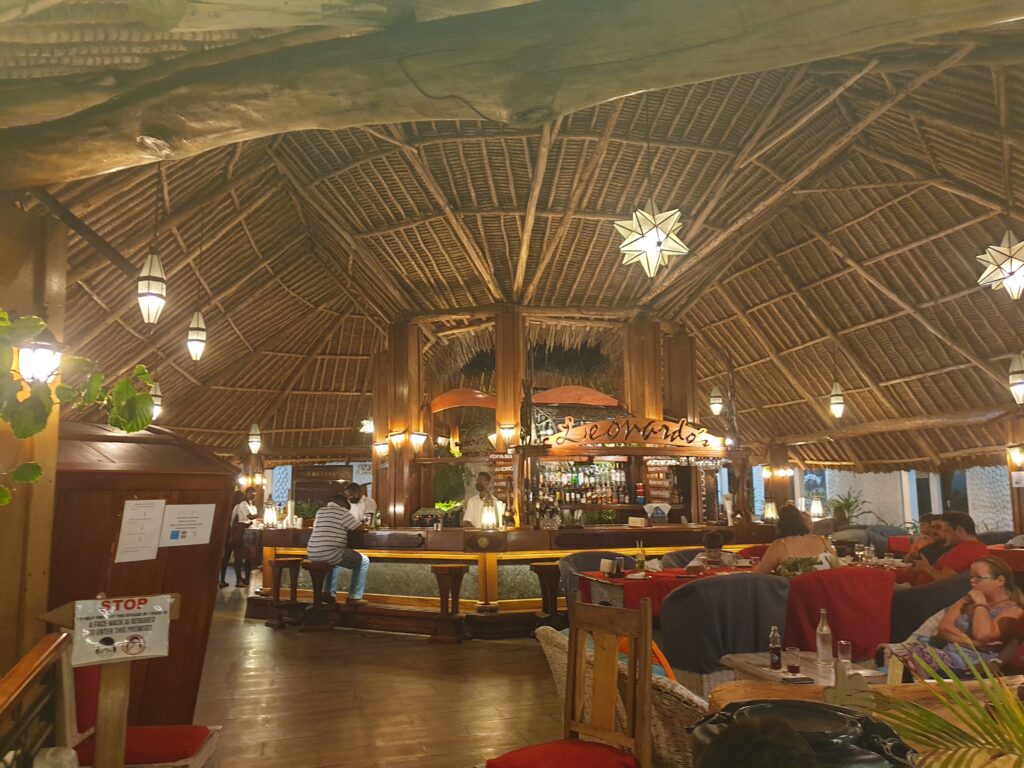
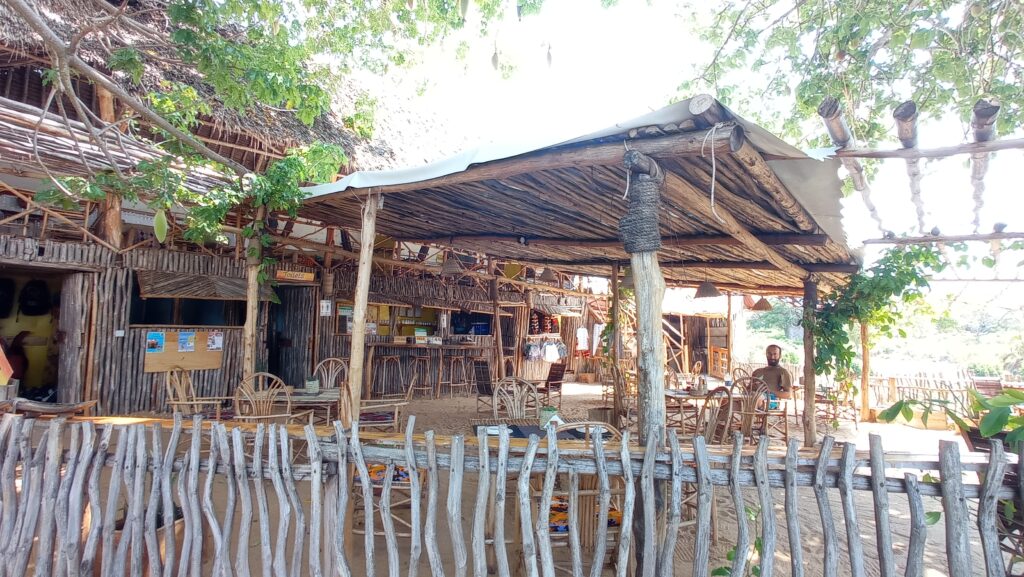


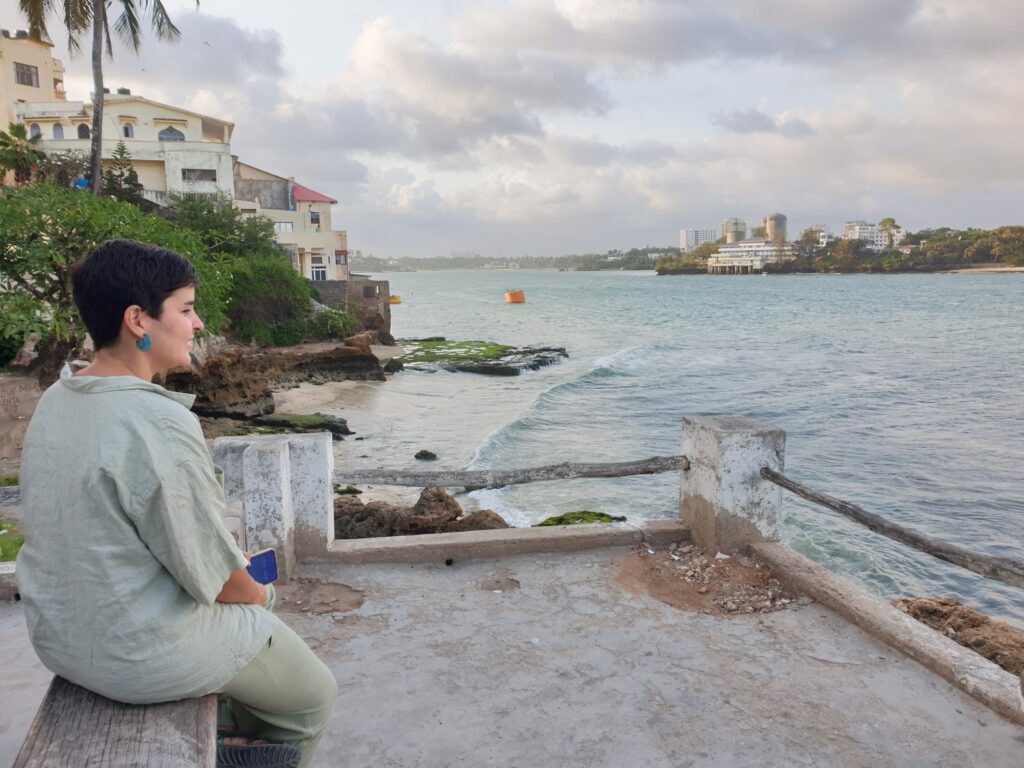
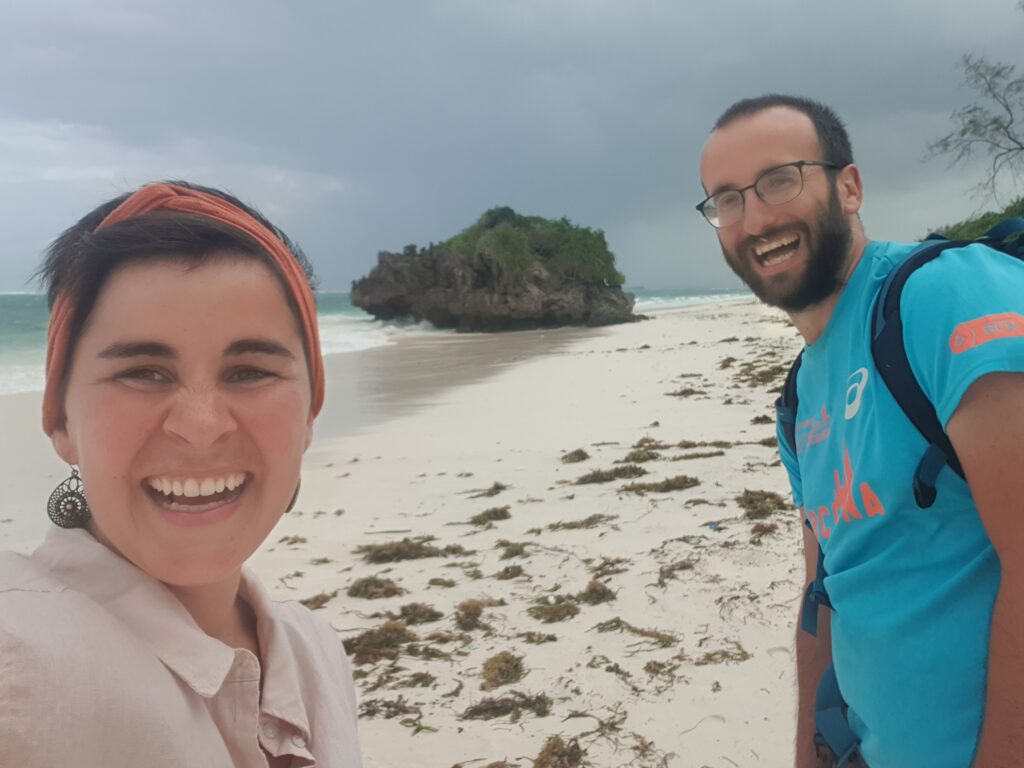
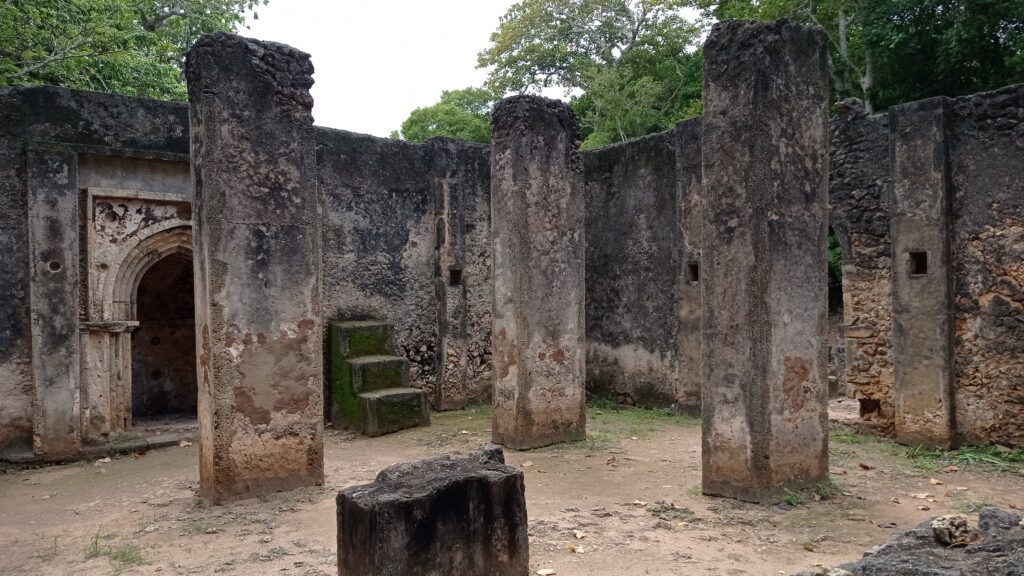


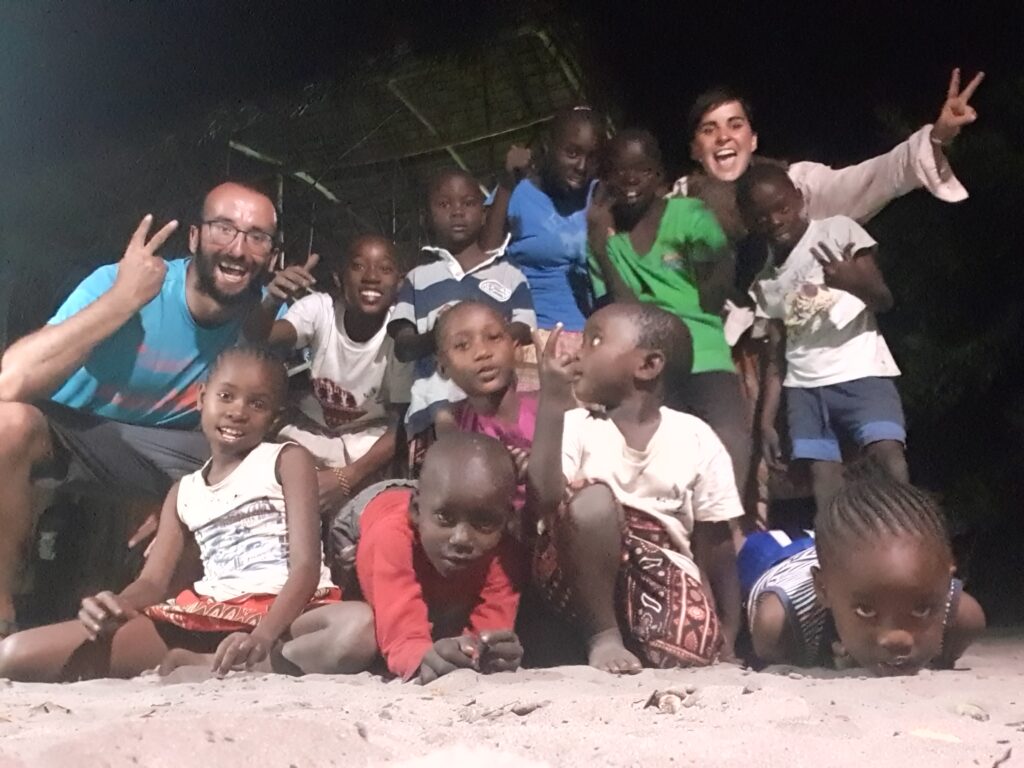
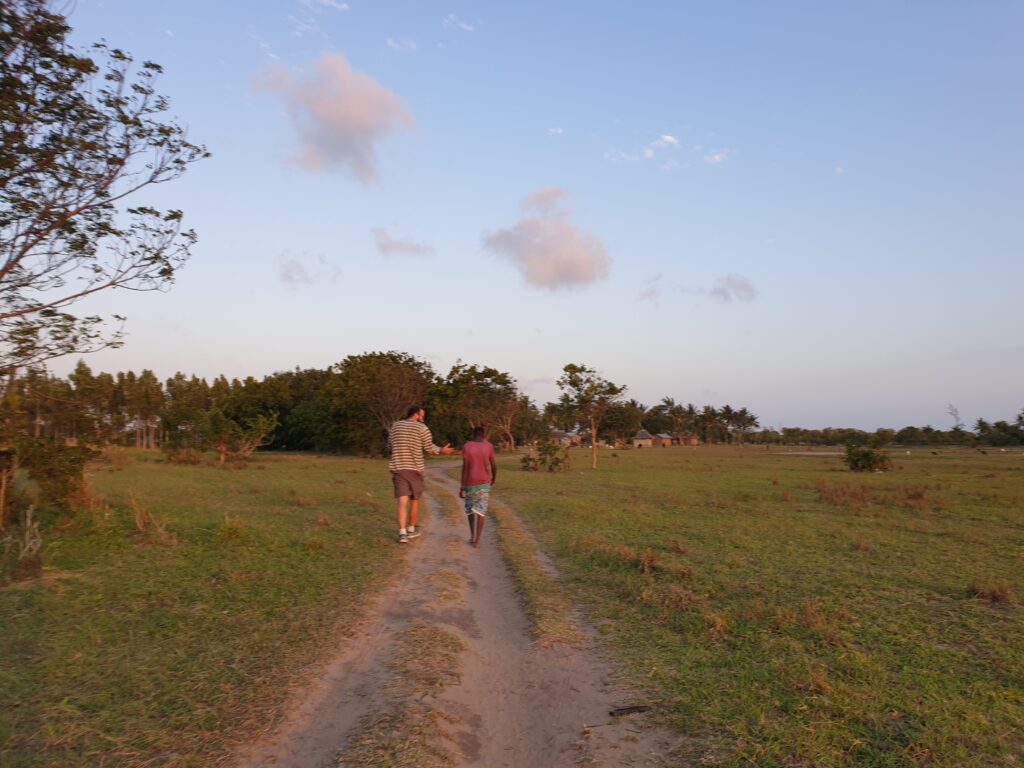
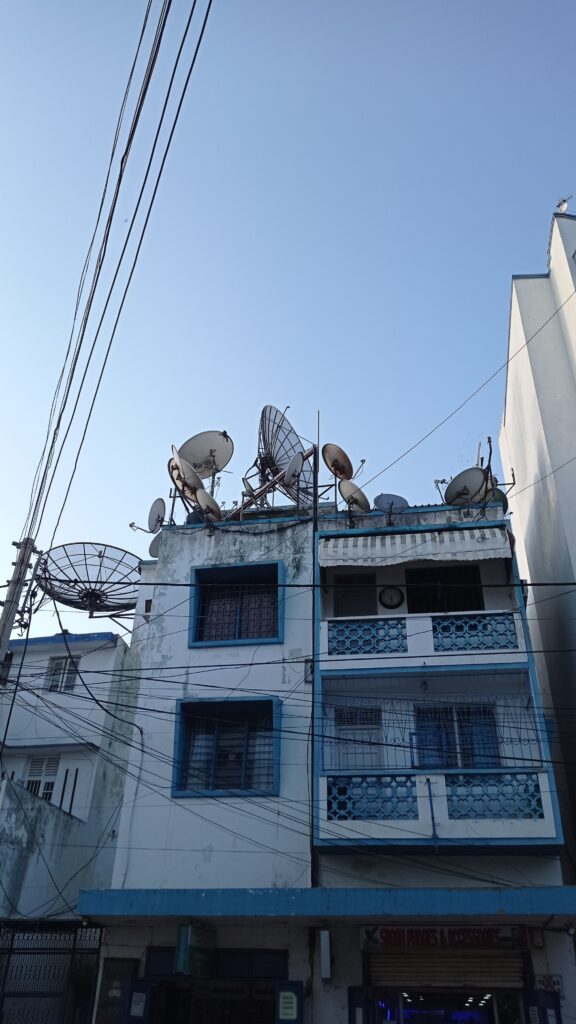
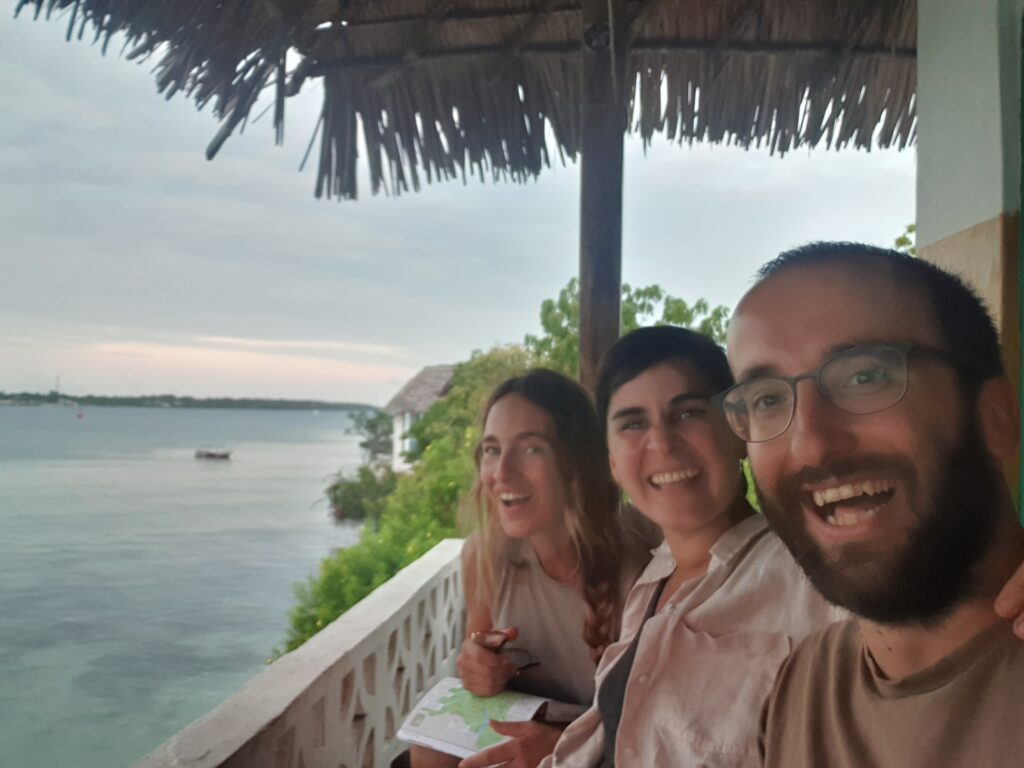

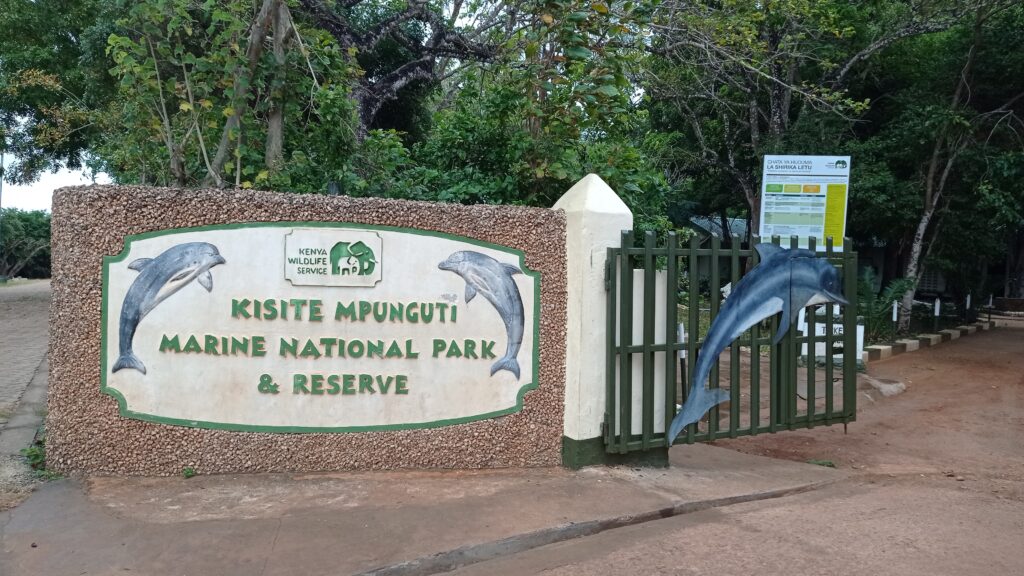

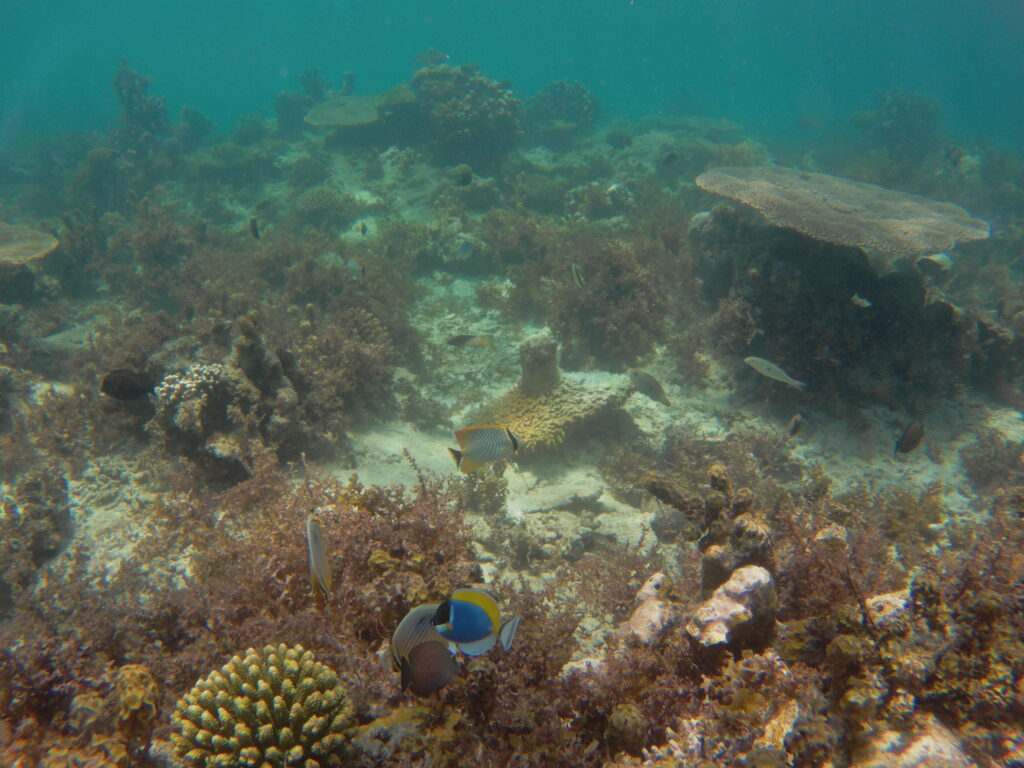
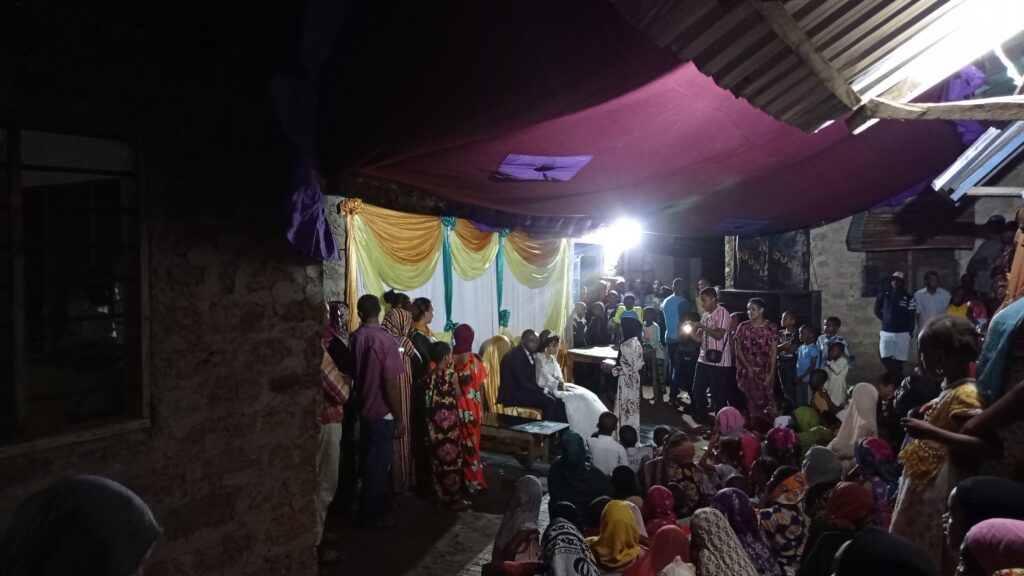
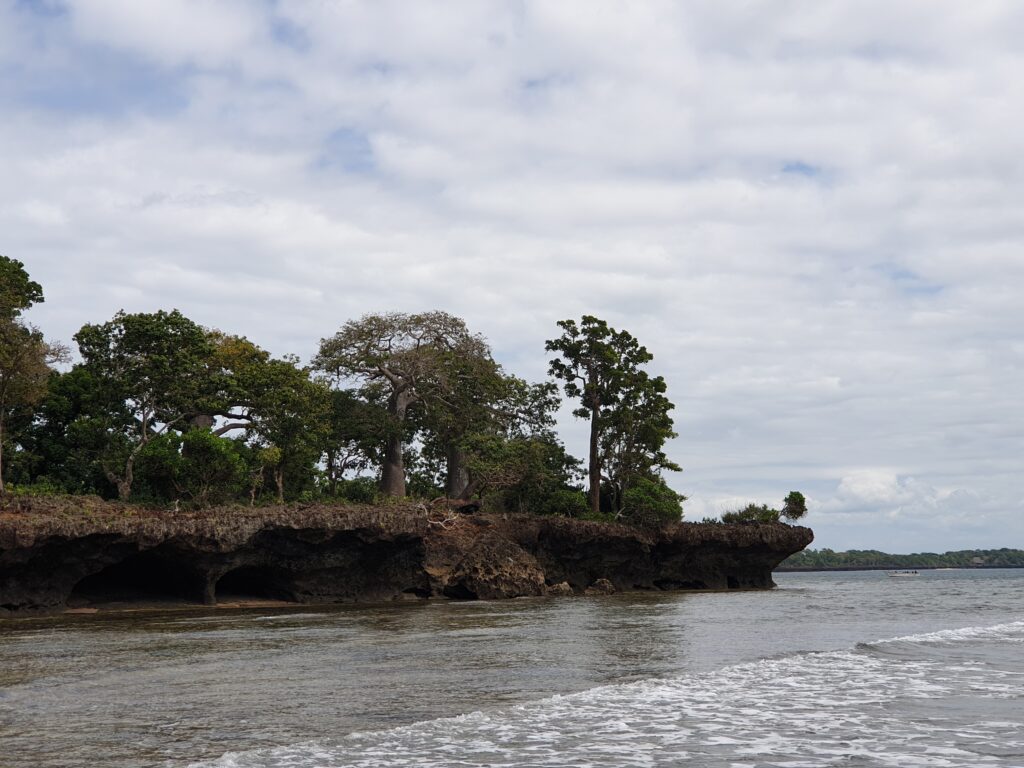
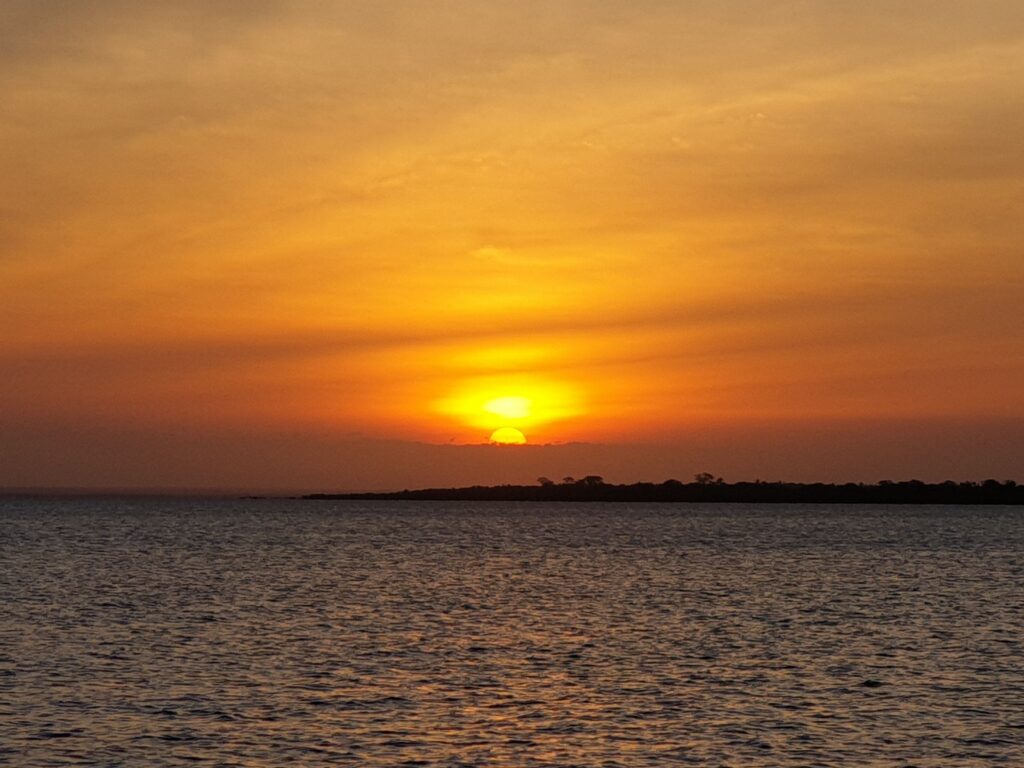
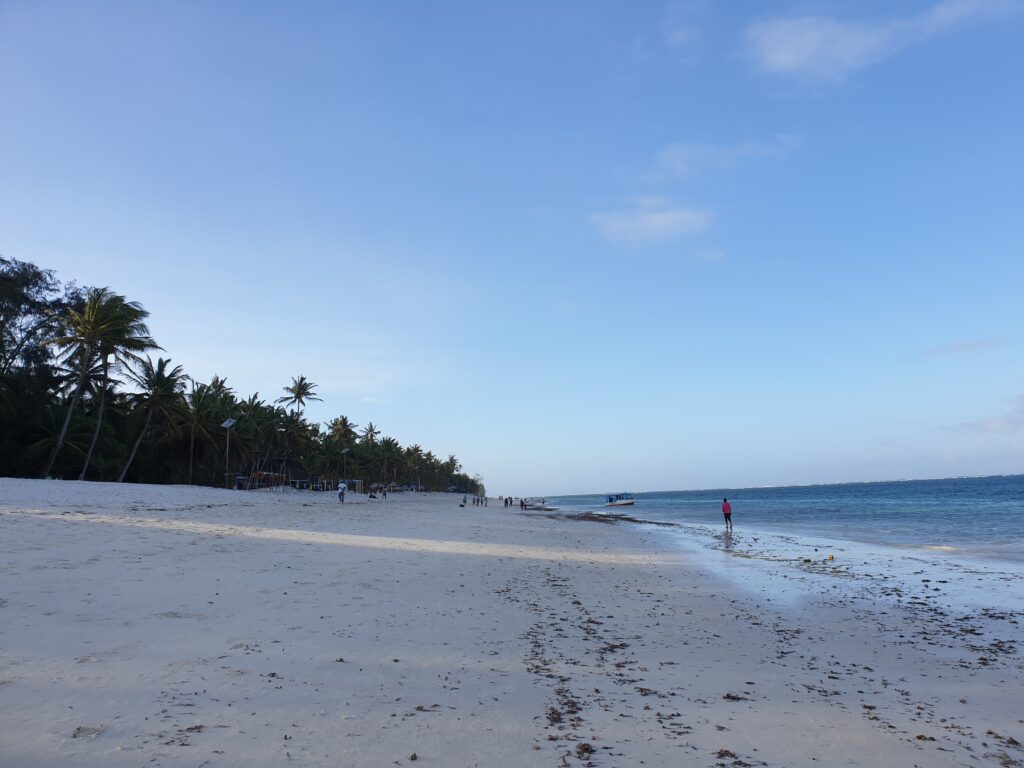
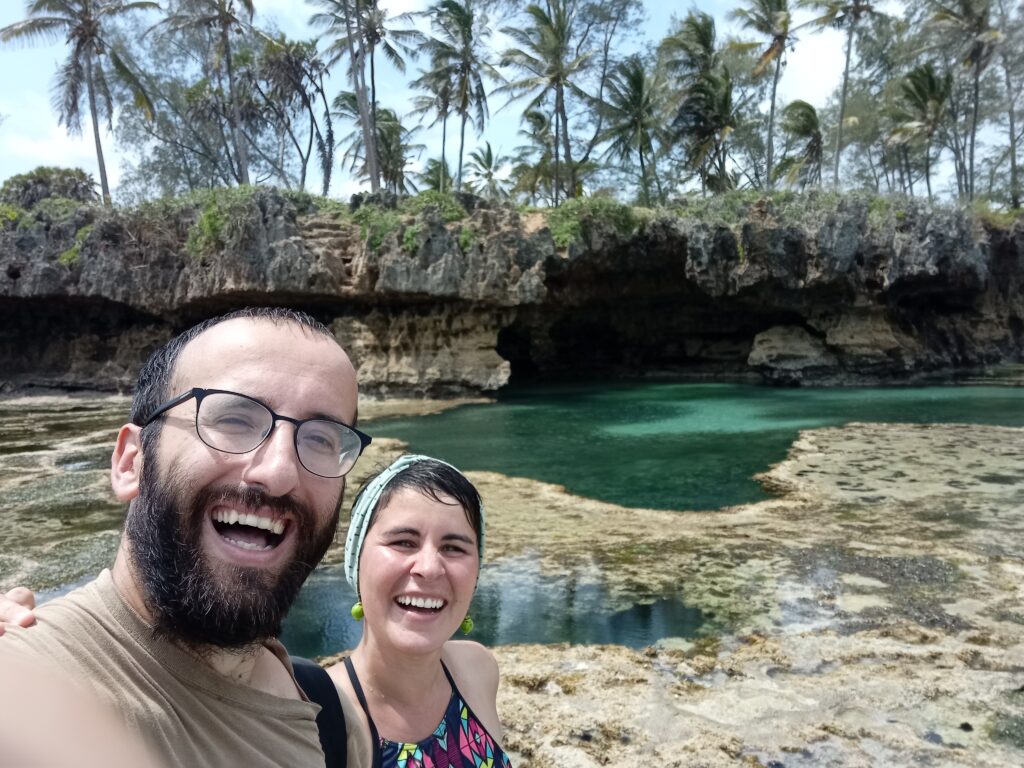
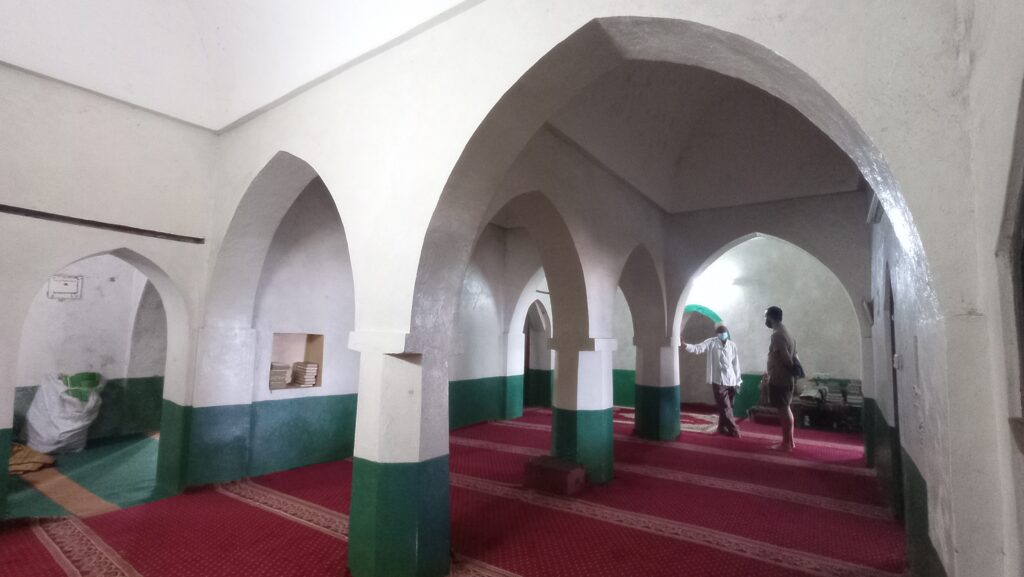

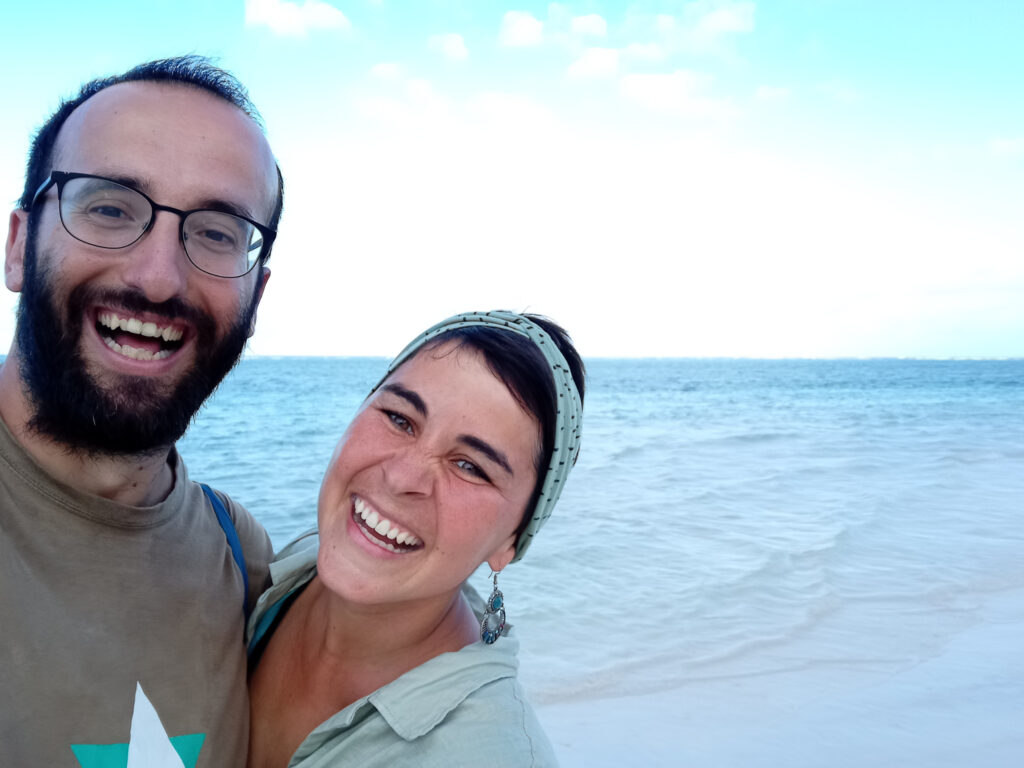

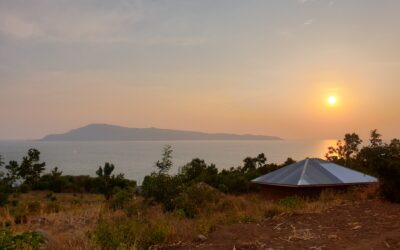



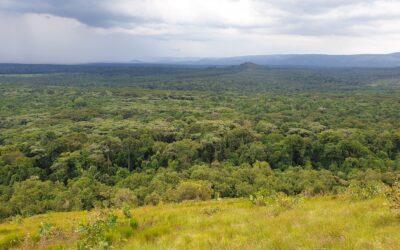
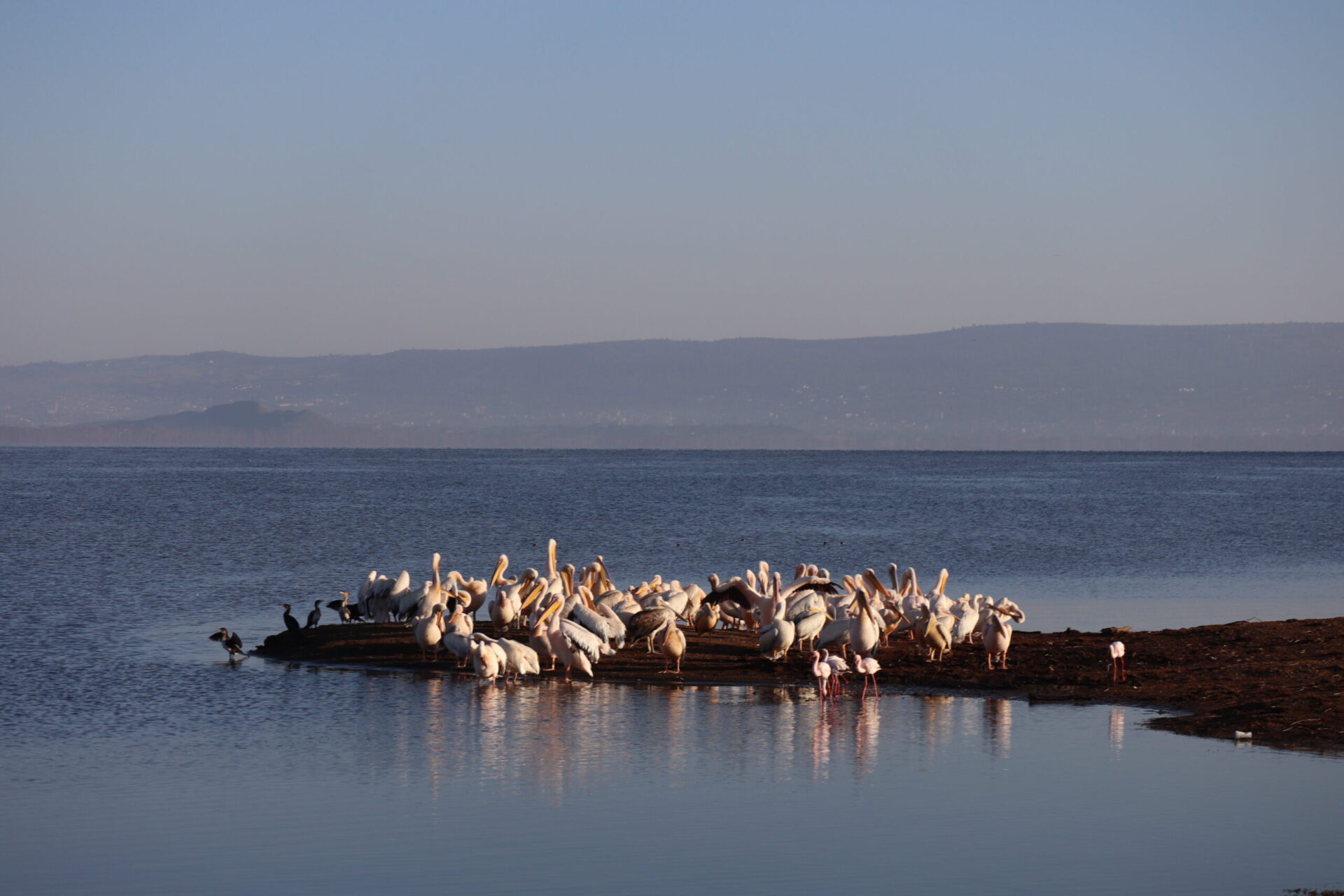

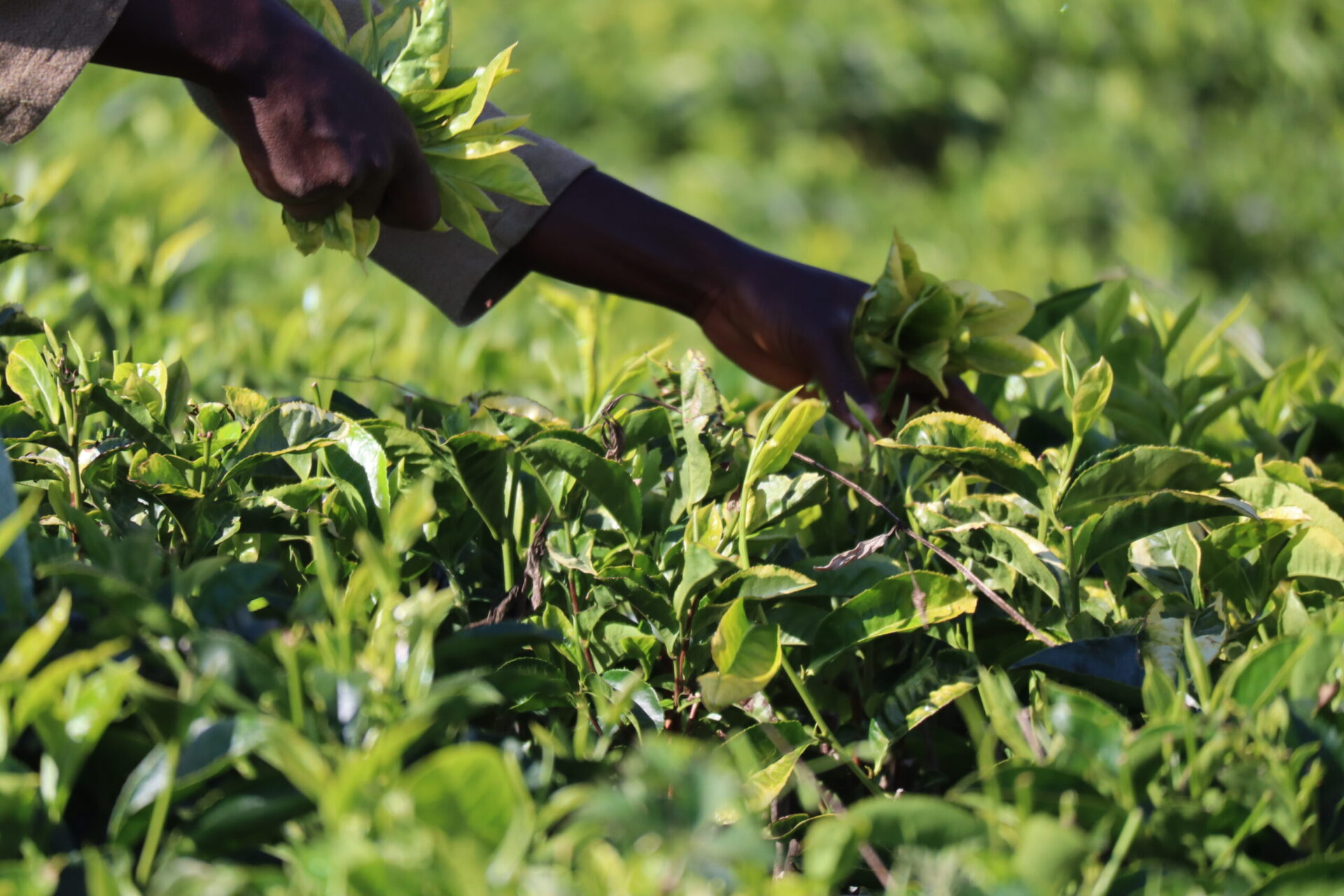
0 Comments